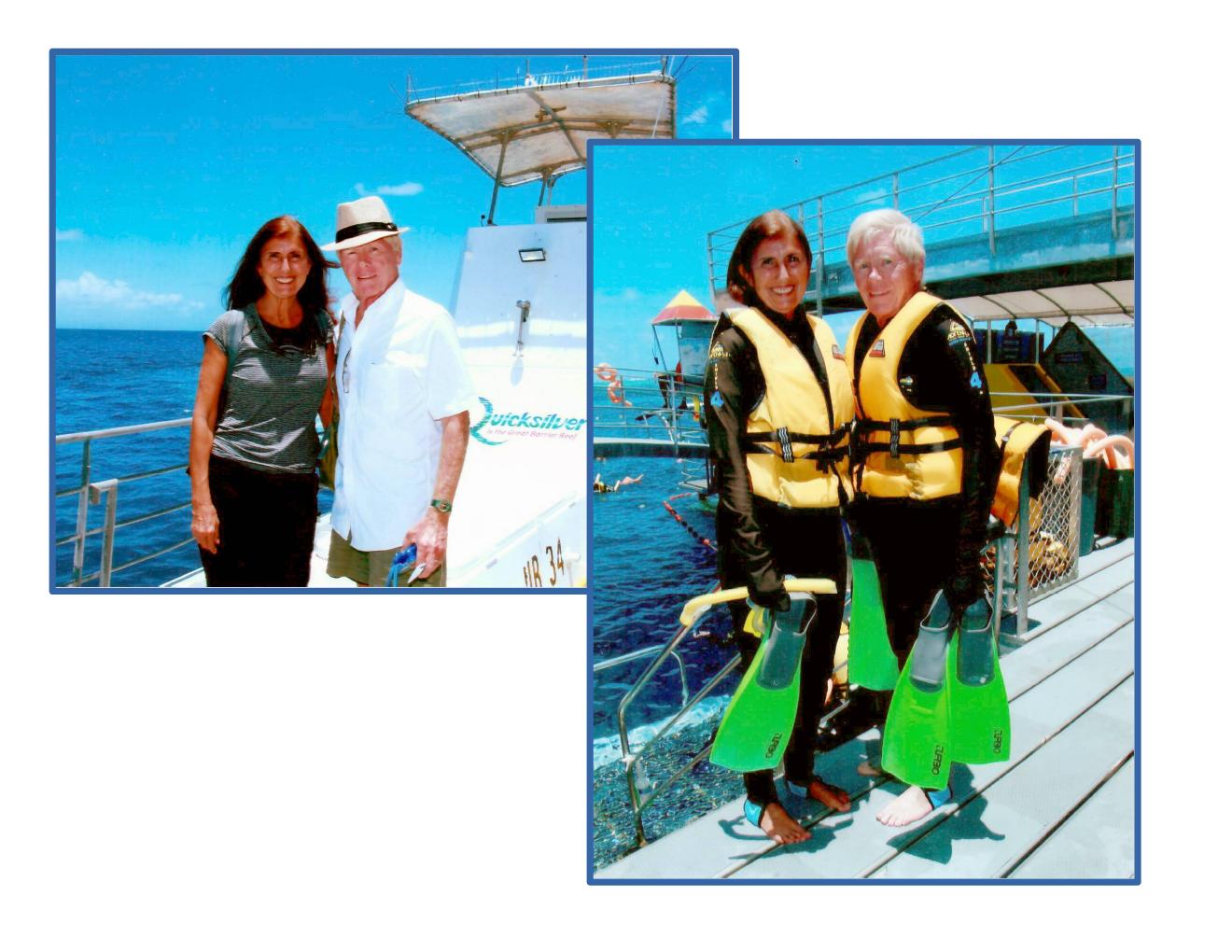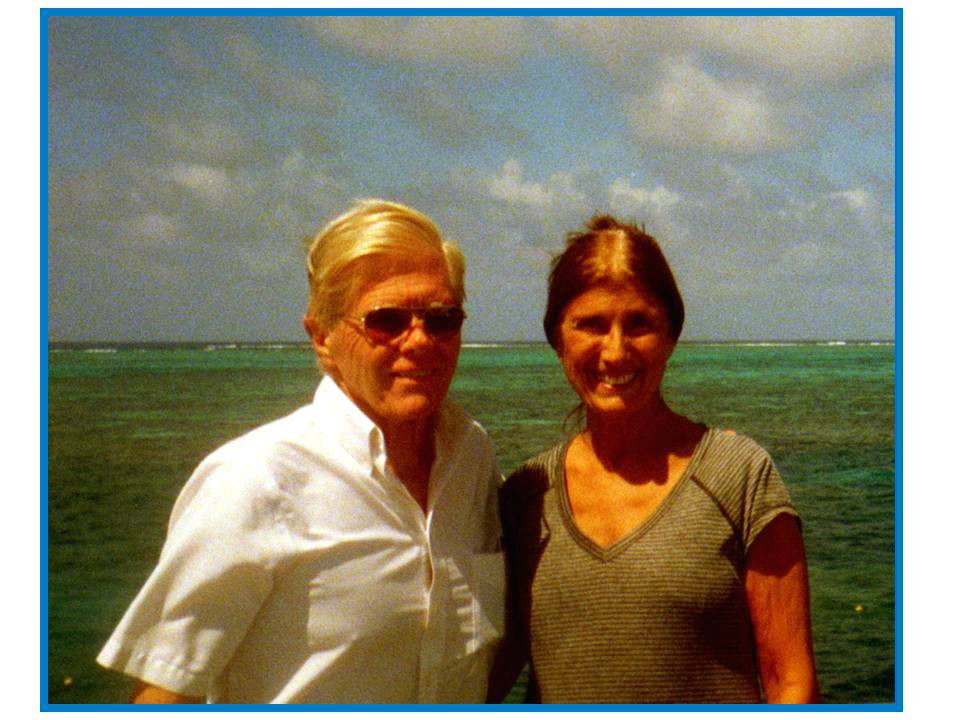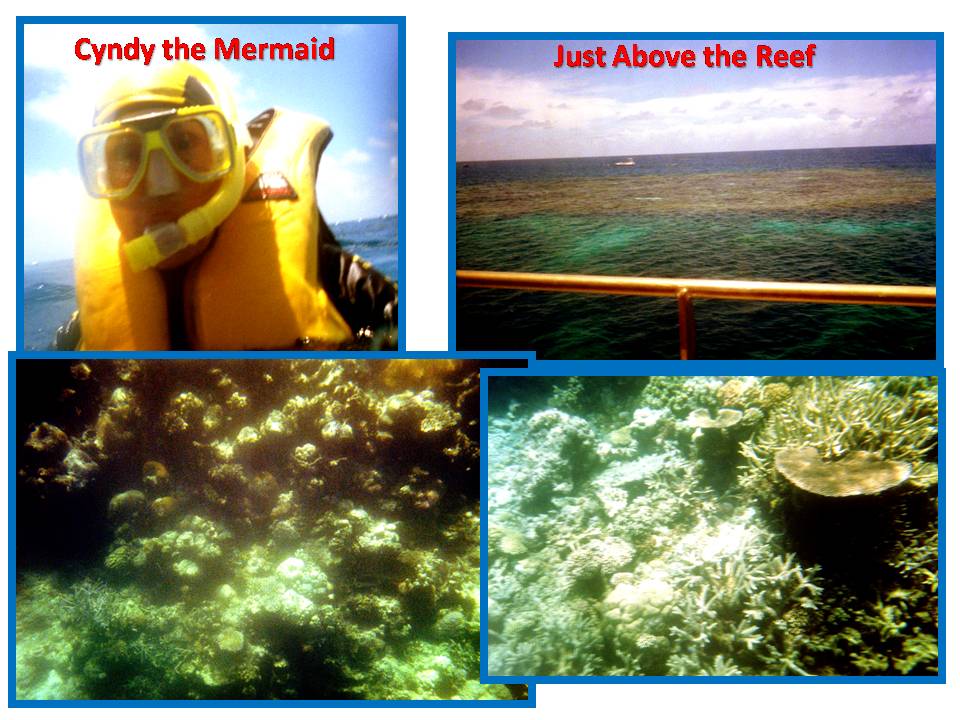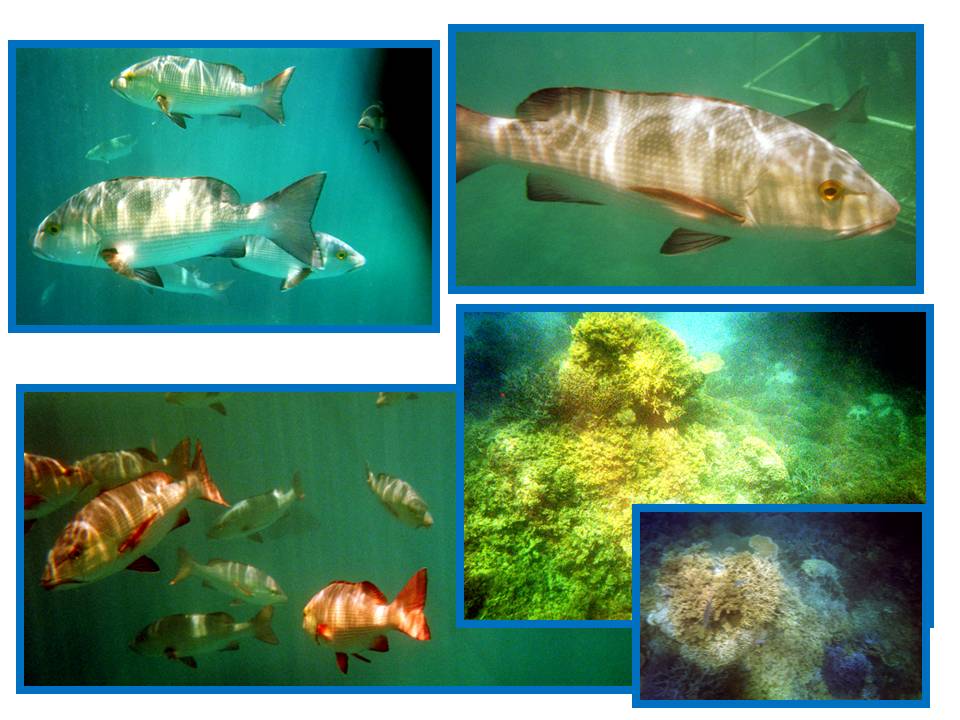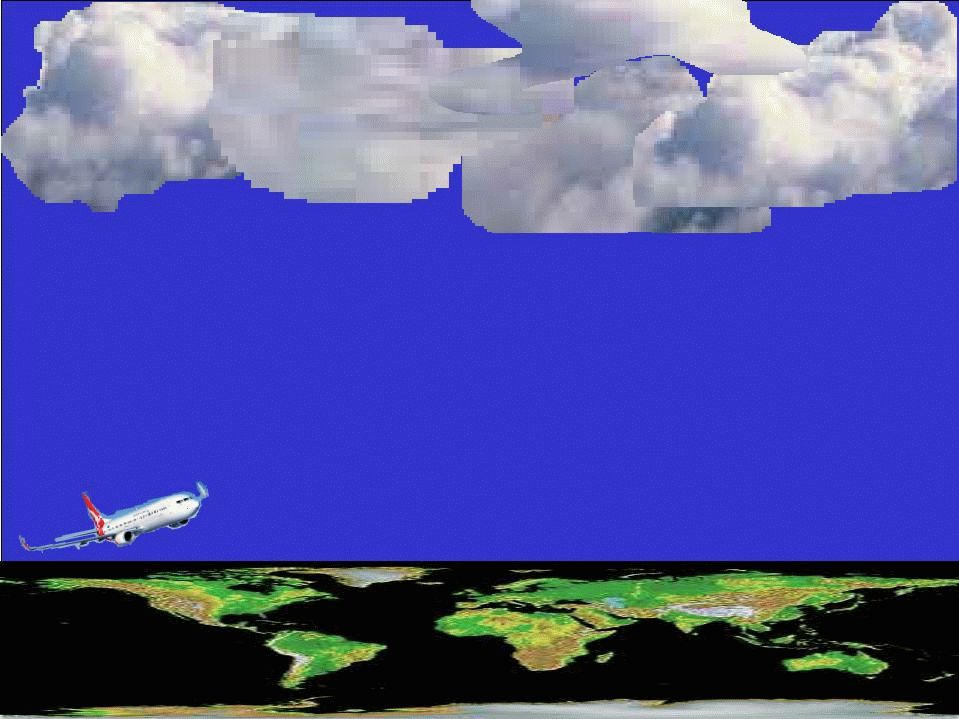
Dickie & Cyndy Visit Australia
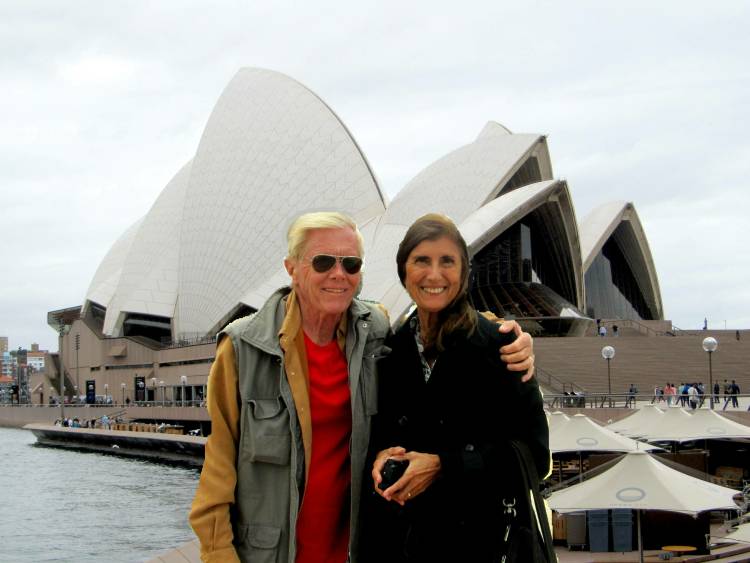
2018 : October 24th - November 8th
The High Level Itinerary
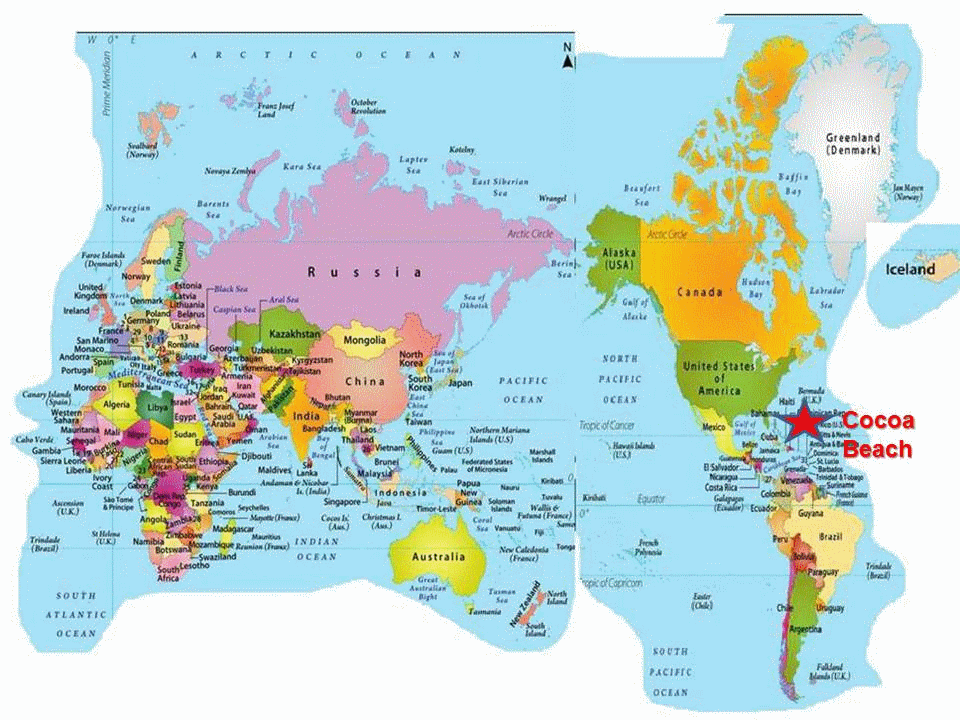



INTRODUCTION & TRIP OVERVIEW
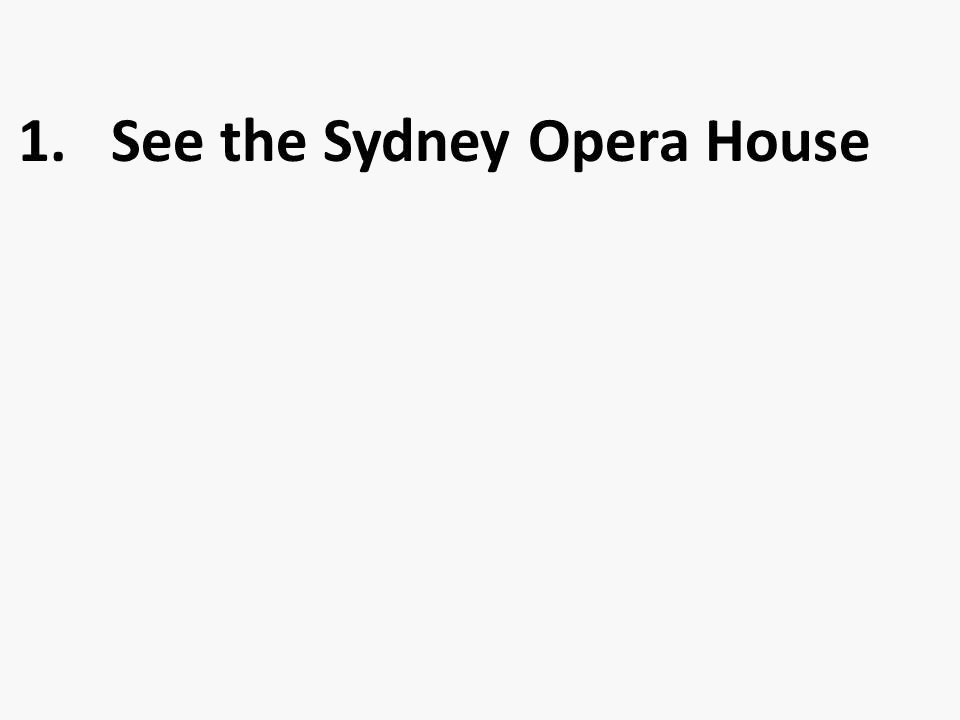
Across the board the locals seemed to love their country, beamed if you complimented anything Australian, and seemed generally interested in our opinions.
For those not really familiar with Australia, it is BIG - roughly the size of the US with a total population of only around 25 million. For the whole continent. To put that in perspective, that's only about 5 million more people than JUST Los Angeles and its suburbs.
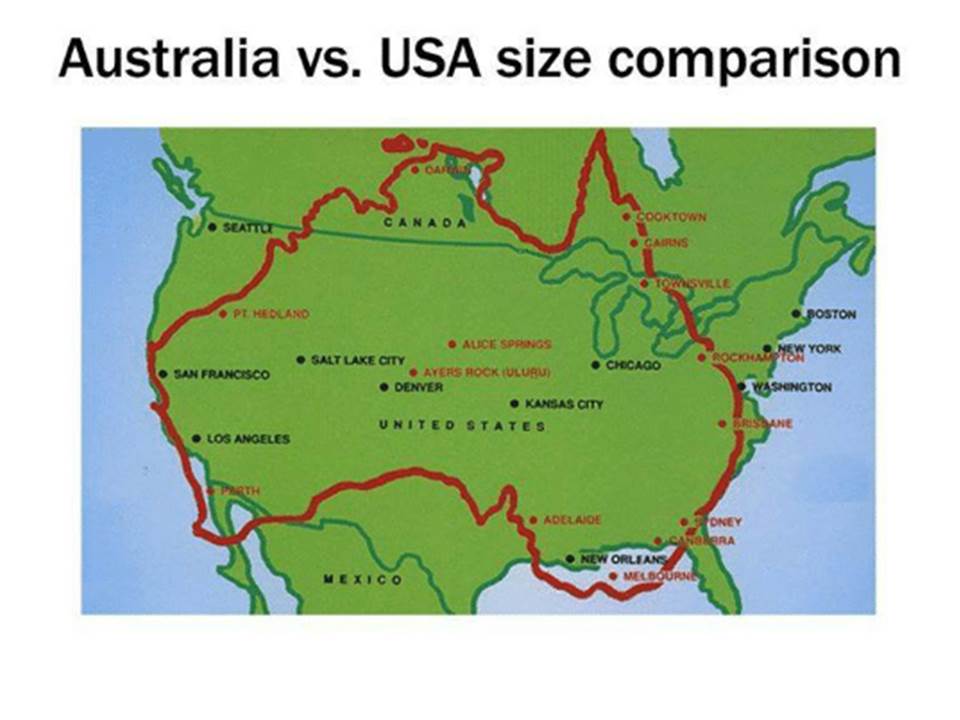
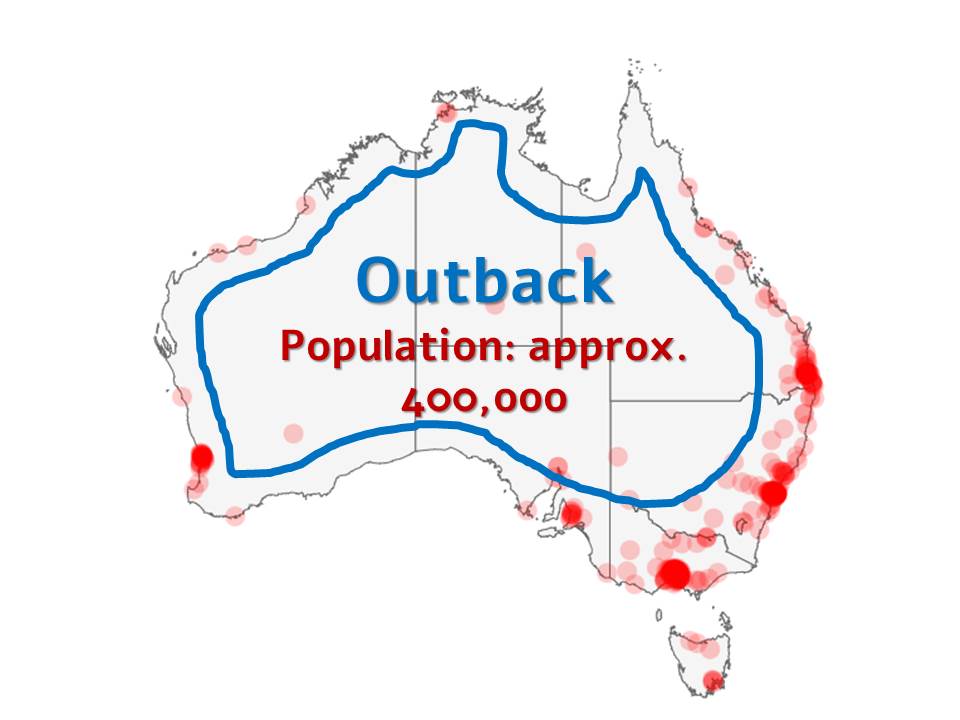
The leaves are small and the fruit the plants produce is small. For example, there is a plant that produces a plum. The size of its plums are the size of an eraser on a pencil.
And, speaking of slim on the ground, where we visited there were precious few indigenous animals - kangaroos, emus, wallabies, crocodiles, and koalas. In the wild we saw one fleeting kangaroo, several wallabies, a few emus, but no koalas nor crocs. That kangaroo was moving out. He ran past us as he darted into the brush. They can run at over 40 mph.
The indigenous animals we really got a good look at were in animal sanctuaries/zoos, etc. Apparently, we were in the wrong parts of the Outback.
We did see wild cattle, wild horses and wild camels (of the dromedary type) quite often.
The fact that camels were often seen is interesting.
Back when Australia was first being settled horses were found to be not suitable for the type of desert in Australia. So, they imported camels from Afghanistan; camels were perfect.

Now Australia has the largest wild camel population in the world. In fact, a major industry there is to sell camels to Saudi Arabia.
The indigenous people (i.e., Aboriginal) living in Australia number around 800,000. Before the Europeans came they numbered at about 750,000. Currently about 150 different Aboriginal languages are spoken. They first arrived in Australia some 65,000 years ago; making them the oldest peoples and culture on the Earth.
The number of Chinese living and working in Sydney is around 500,000. Most of the restaurant service staff that we saw were Chinese. Sydney has a vibrant Chinatown. The prevalence of Chinese in the Outback was less; but still noticeable. By the time we got to the Great Barrier Reef there were very few. The locals with whom we spoke noted that the Chinese lived apart from the rest of Australians, with assimilation into the Australian culture not being a priority. And, the locals seemed none too pleased. Of course, THIS doesn't help the locals' feelings all that much.
And, YES, the Australians all sound like "Crocodile Dundee". For some stupid reason I was expecting them to use a lot of Australian "slang", such as "barbie" for barbecue, etc. They didn't. So, their brand of English was esay to understand - EXCEPT, ...
I metioned above that Australians love their country. Whenever they spoke of their home they seemed to become more animated in their speech - and, spoke very fast. When they did this it sounded like they had a mouth full of mush. The words ran together and we could only understand about one out of every 4 or 5 words. Not wanting to appear rude by asking them to slow down, we just pretended that what they said was very interesting, smiled, and thanked them.
Before jumping into our trip a word or two about the food there. With a couple of exceptions noted below the food was outstanding - outstandingly bad and outstandingly expensive. I expected prices to be somewhat high in Sydney, being a large city and all. But, across the board a simple hamburger was $20. A full meal could run well over $100 for 2 - and that is in US dollars. These were not "high-end" places; they were everyday burger "joints" and "walk-in-off-the-street", mid-range restaurants. We even tried a local McDonald's. It was the worst tasting stuff one can imagine. Go figure.
Now, on to our visit in more detail.
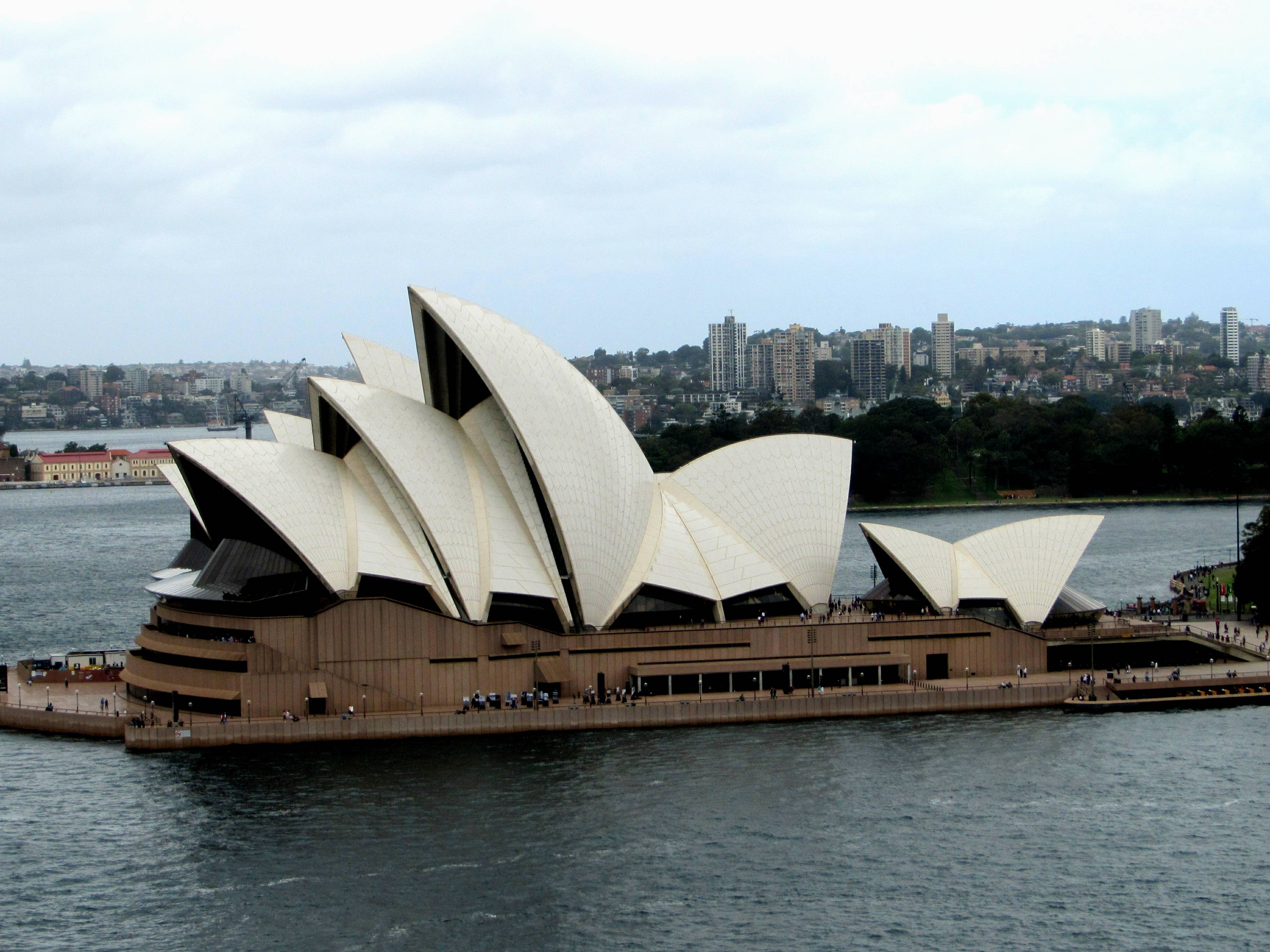
In Sydney we stayed at a 4-Star hotel in "The Rocks" area.
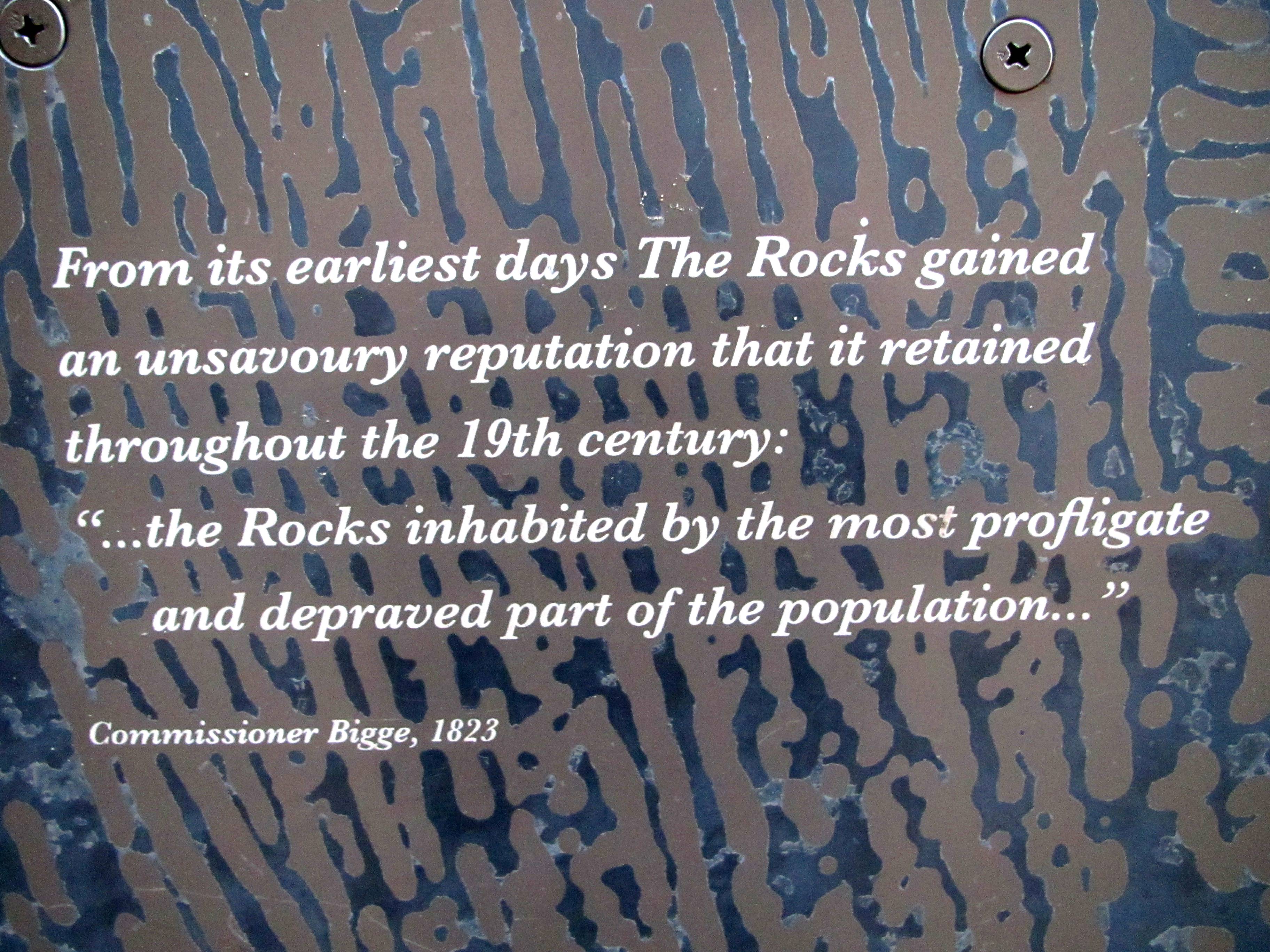
"The Rocks" area has long since overcome its original perception. It is now the historical and main tourist district of Sydney. Our hotel was within easy walking distance to the Opera House, the Sydney Harbor Bridge, the Royal Botanical Gardens, Hyde Park, and other points of interest. And, as we normally try and do, we walked it all - including the bridge.

It's often convenient to use Google Maps, WAZE, etc., to find the best route for walking. However, we found that asking a local may be a better choice sometimes.
For example, to get from our hotel to the Opera House, Google Maps had us do the following.
It took us across busy streets down one way and then up another until we reached the Opera House.
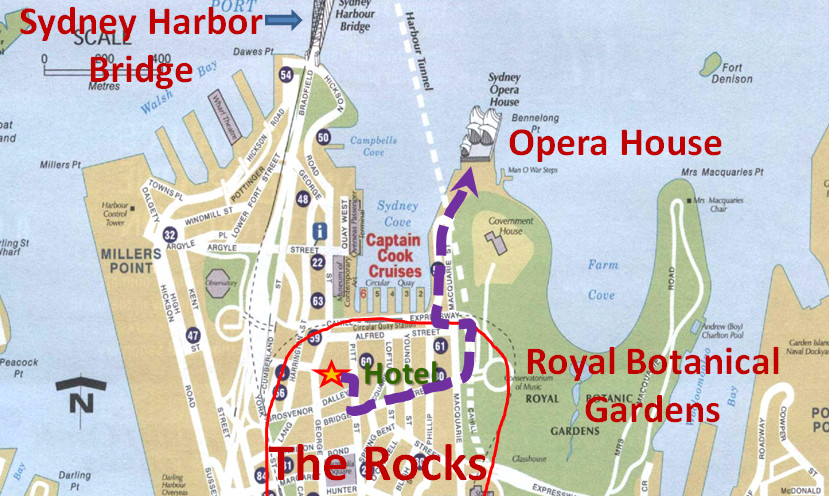
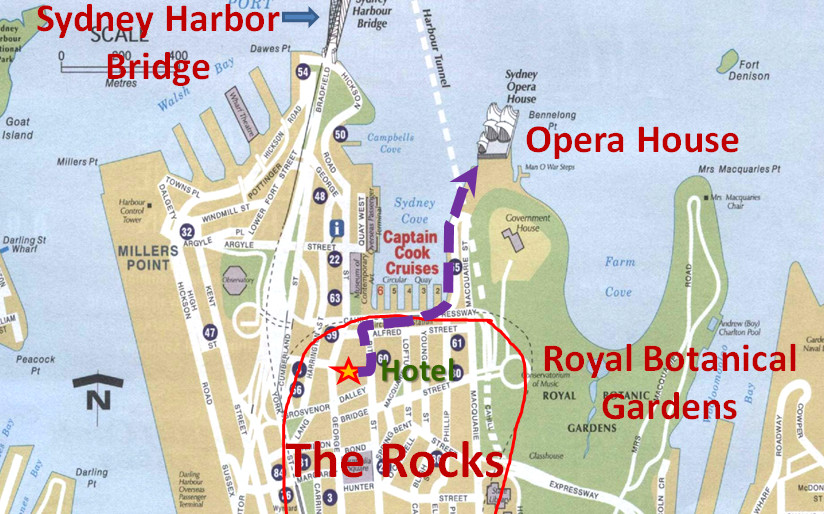
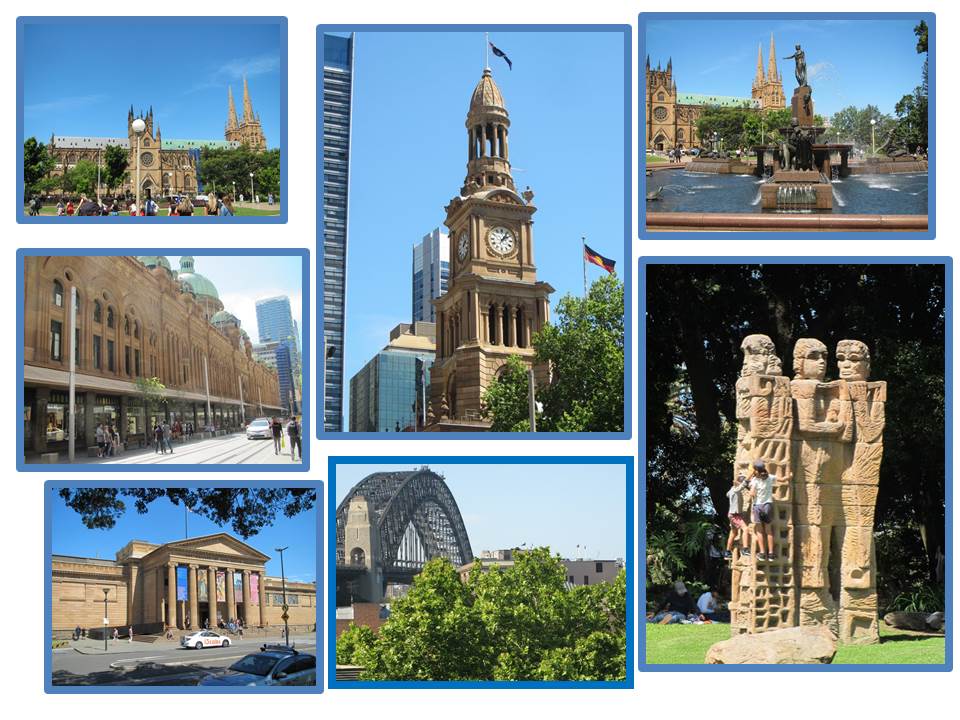
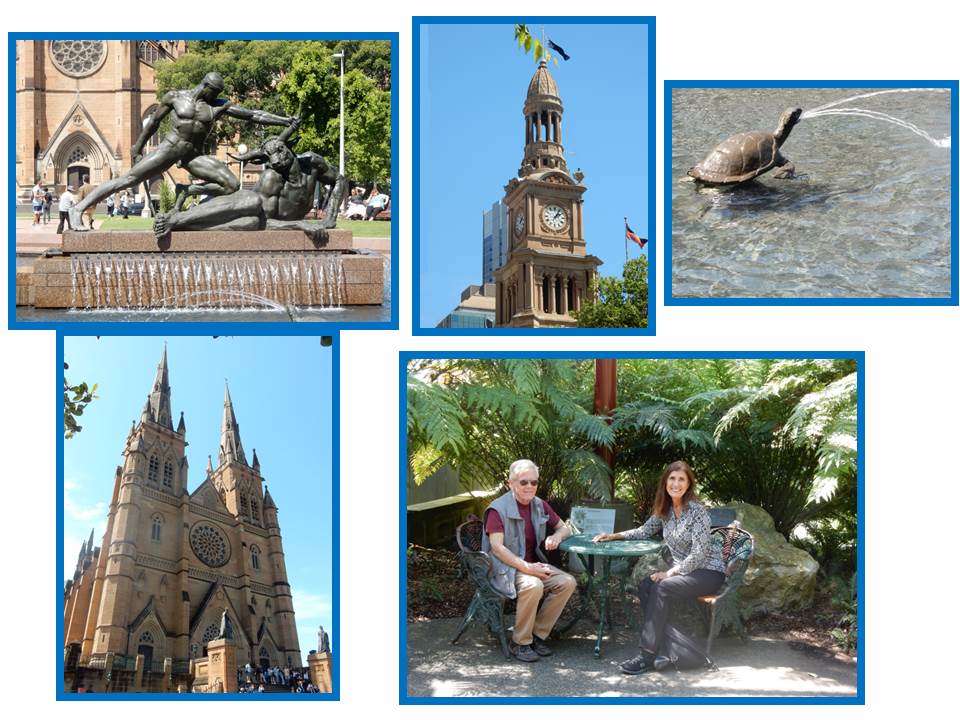

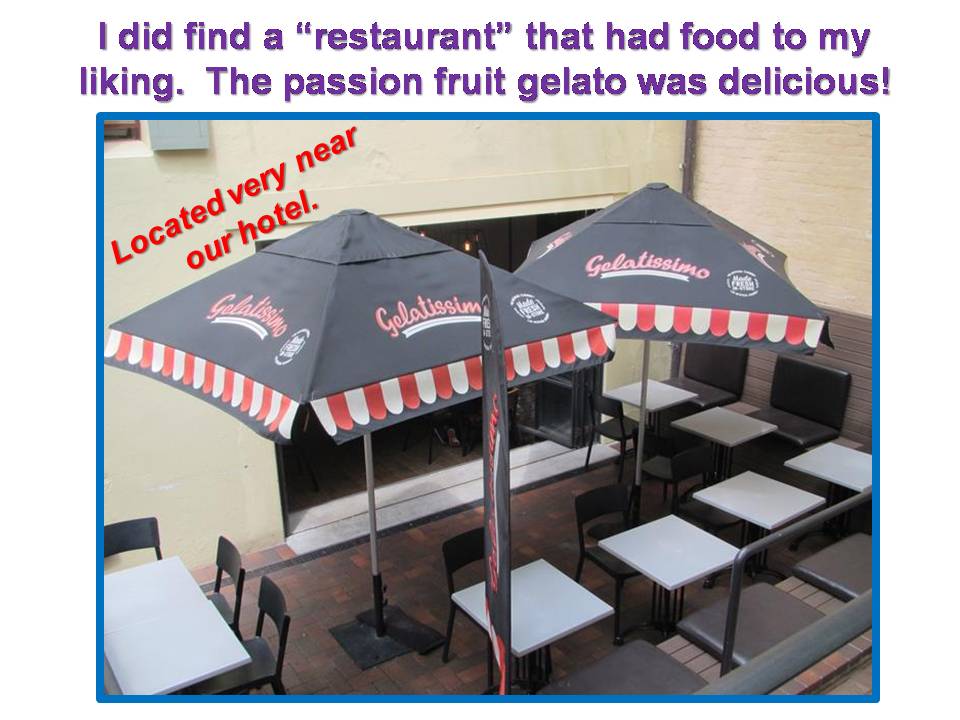
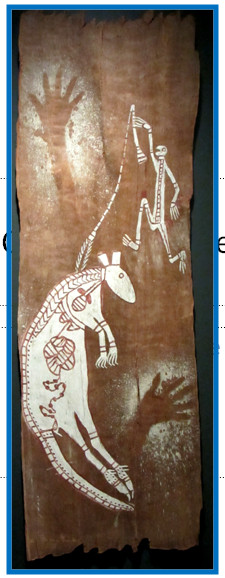
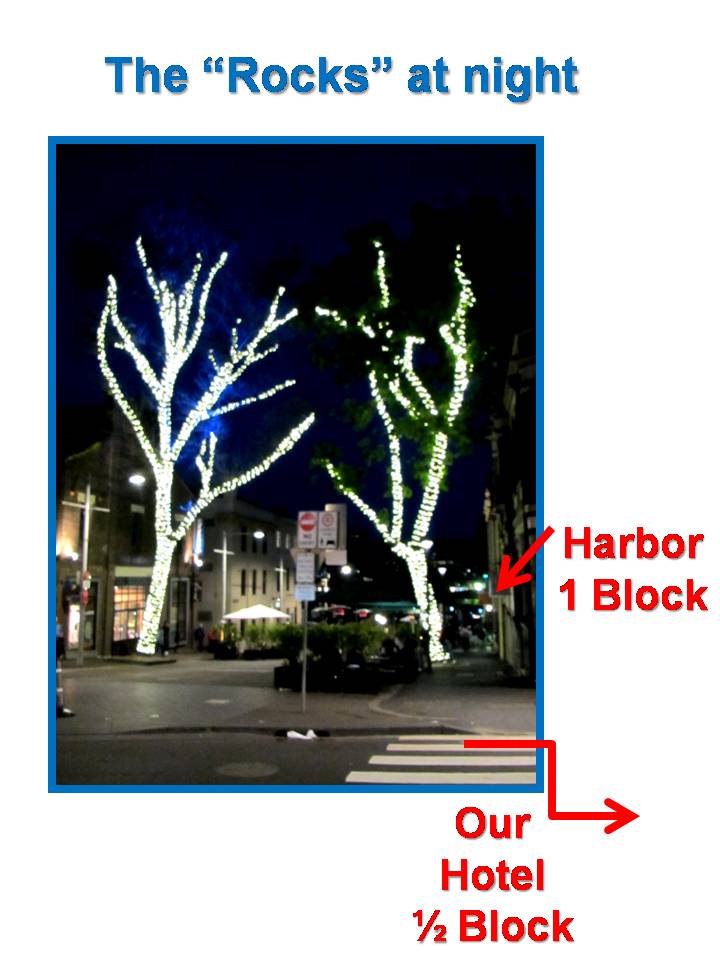
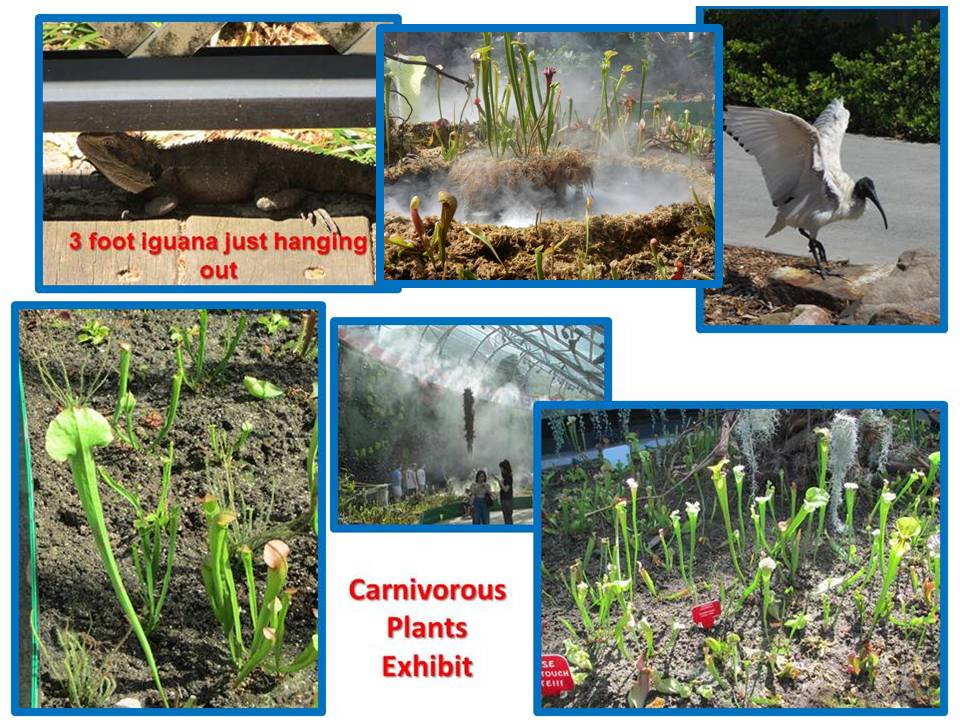
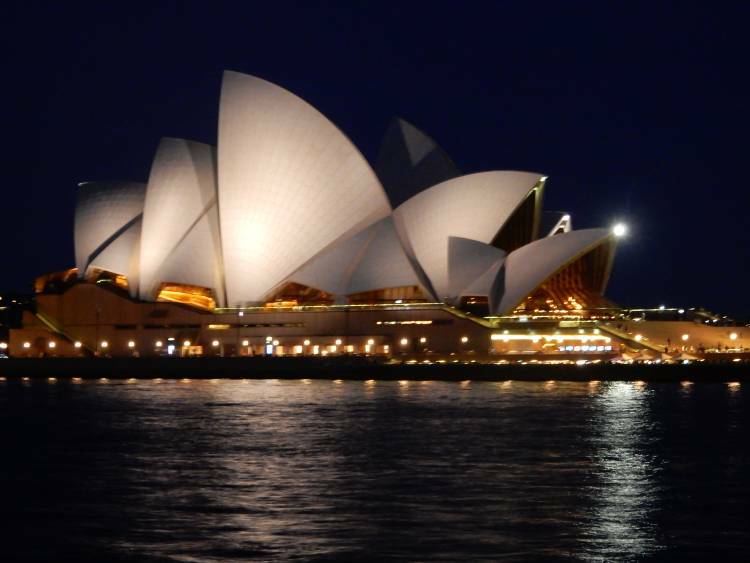
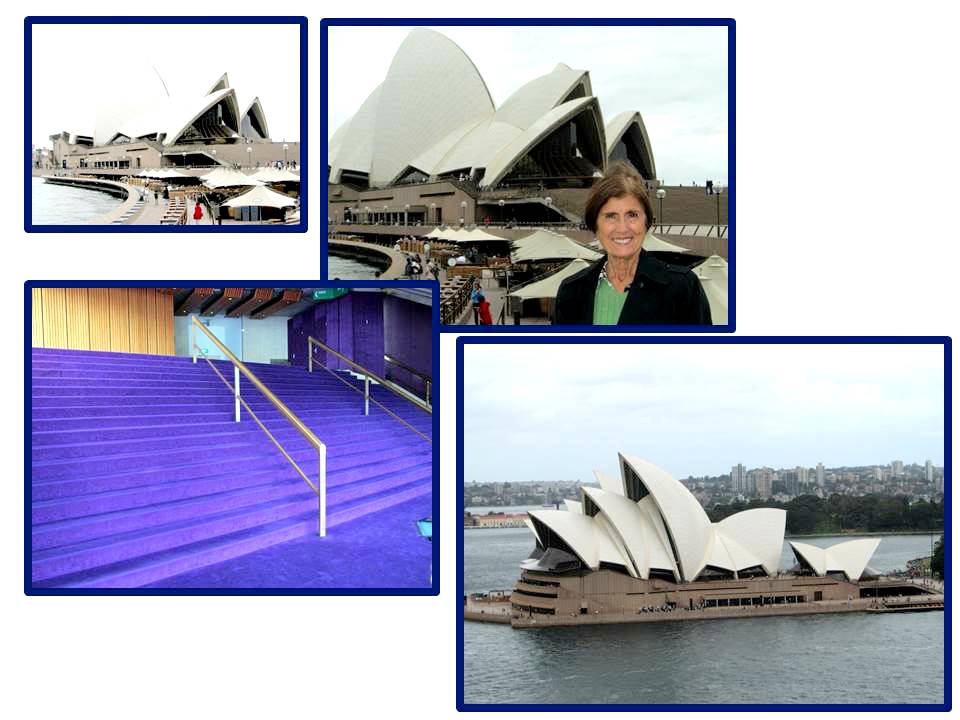
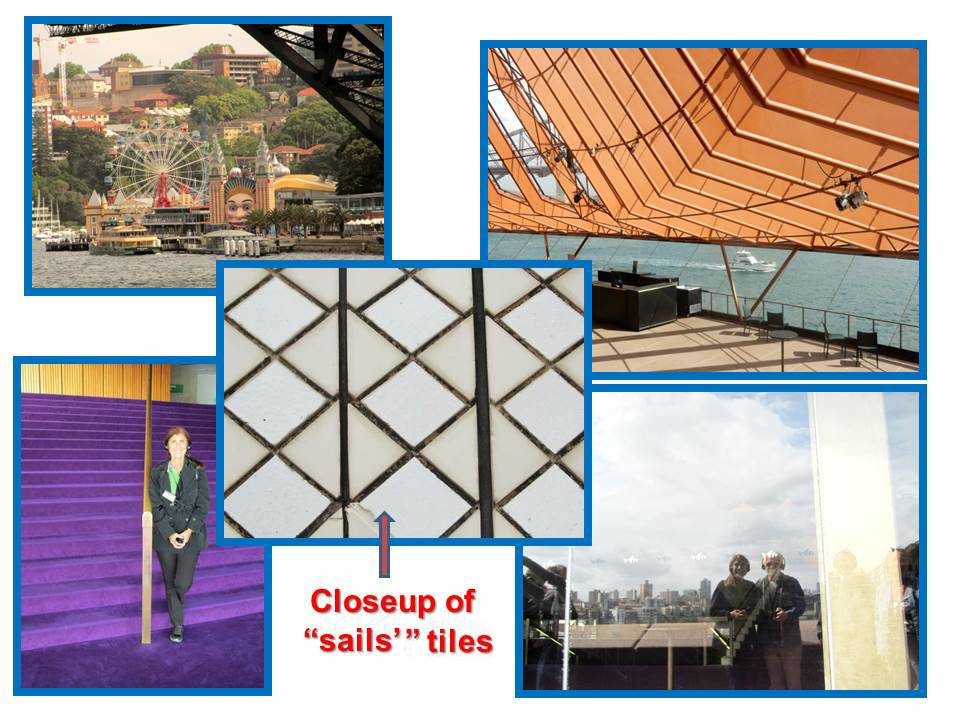
The Opera House is truly magnificent. There was an issue for us, however. If one sees pictures of the Grand Canyon, they convey the magesty of nature. Seeing the Grand Canyon in person evokes awe on a grand scale - far more than any picture can convey.
The reverse was our impression of the Opera House. In person the Opera House was less inspiring than its pictures, however. We could never figure out exactly why we had that impression.
On our private tour of the facility we did learn some very interesting facts. One stood out among the rest.
The original architectural design selected for the structure was created without any engineering consideration as to could it be built. Turns out that "re-dos" were required aplenty to have a design that would structurally work.
The final design settled upon was that each of the "sails" of the structure were sectional parts of a globe's "skin".
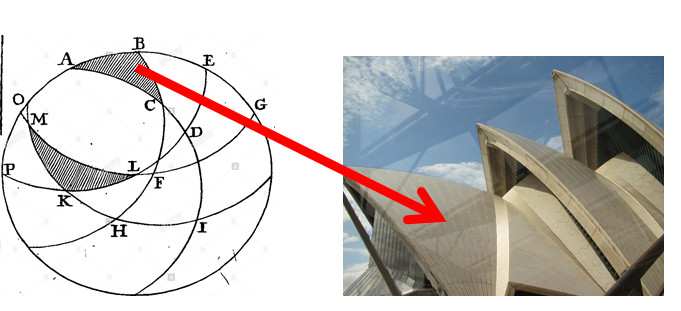
Our Opera House guide, very knowledgeable and entertaining by the way, was quick to point out that one of Jackie Chan's movies ('Bleeding Steel') was, in part, filmed there. Click Here for the clip - if you are interested.
The Sydney Harbor Bridge:
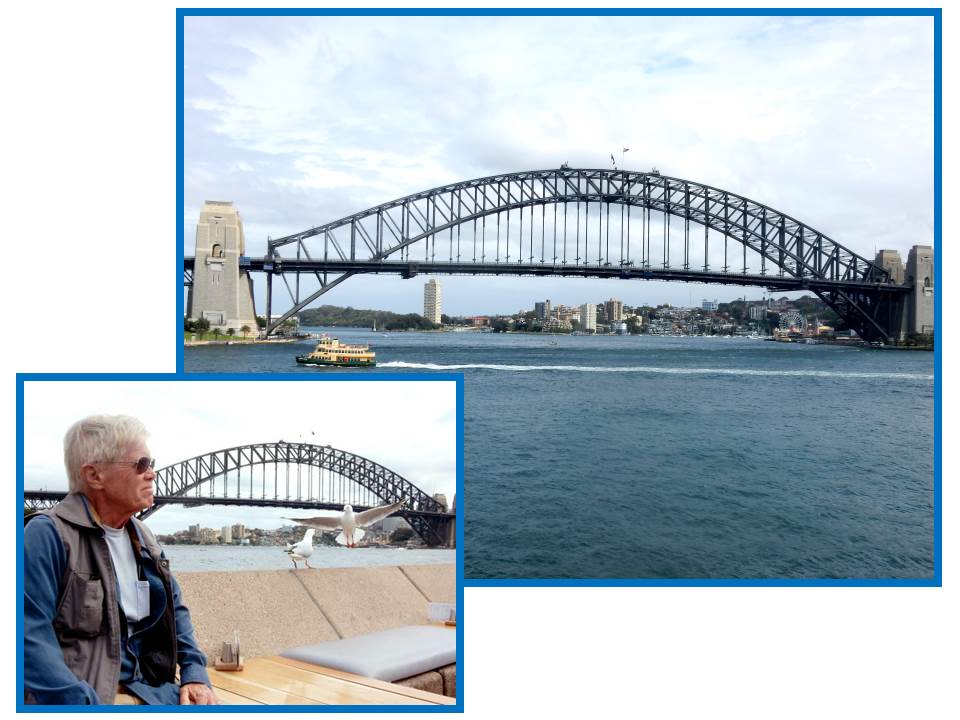
These views of the bridge were taken from the "coffee shop" of the Opera House. We climbed up to the center of the bridge to get a good view of the harbor.
Click Here for a short video showing the Harbor Bridge and the Opera House
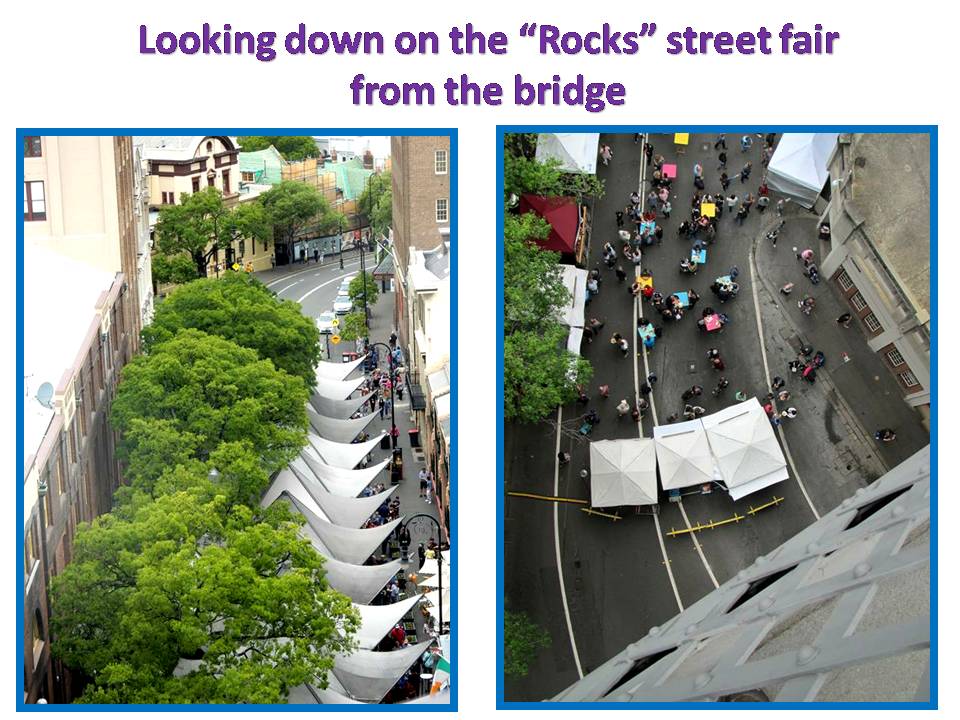
Sydney has a modest but nicely done zoo. It is a short boat ride across the harbor from Sydney proper. First, you go up to the top of the zoo in a gondola and walk down the hill through the zoo. There are some good pics of Sydney from the top as well.
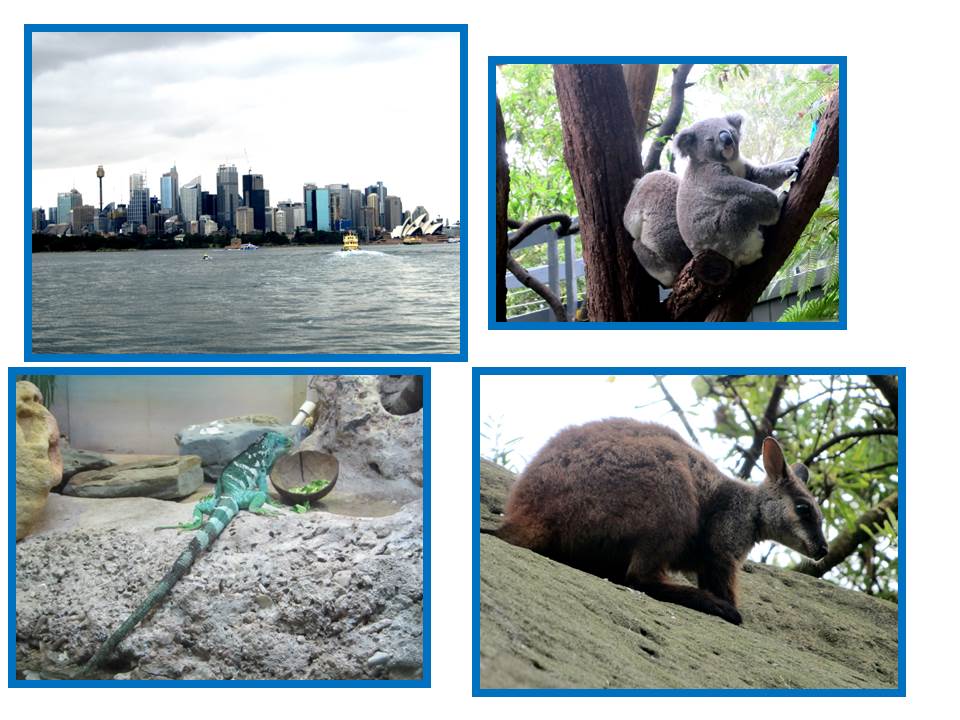
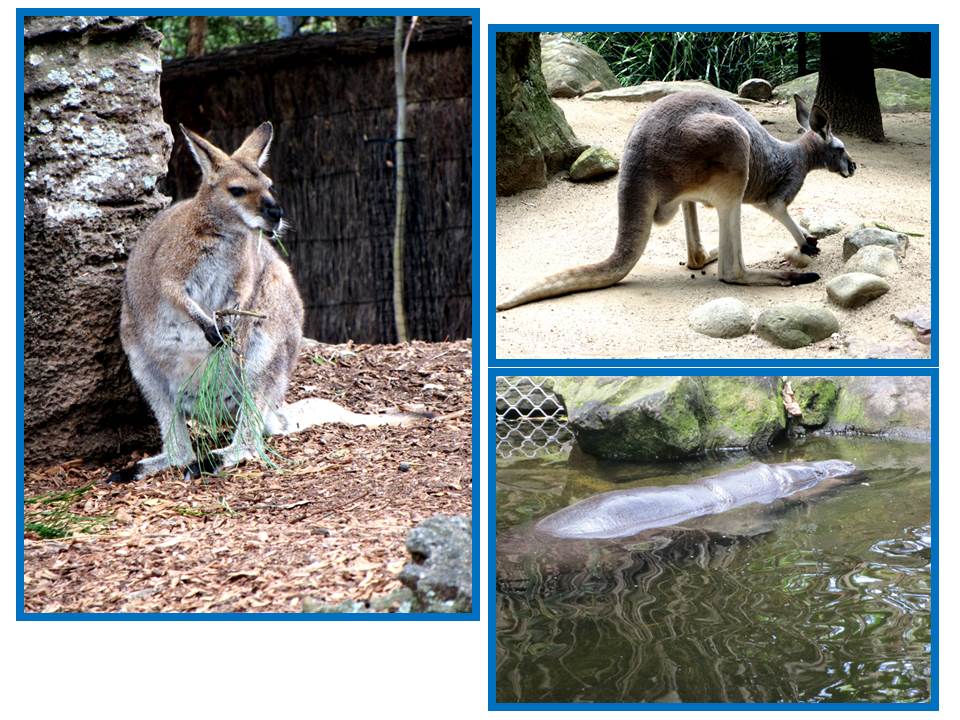
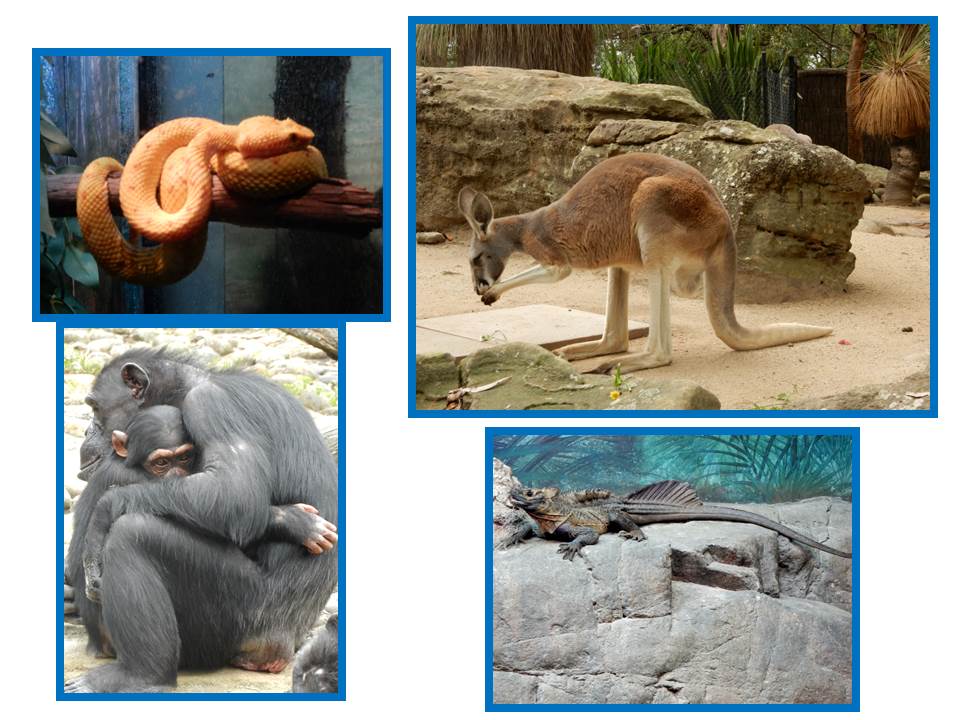
Manly / Manly Beach:
We decided to take a boat ride across the harbor to Manly Beach - just a bit North of where the Harbor meets the ocean.
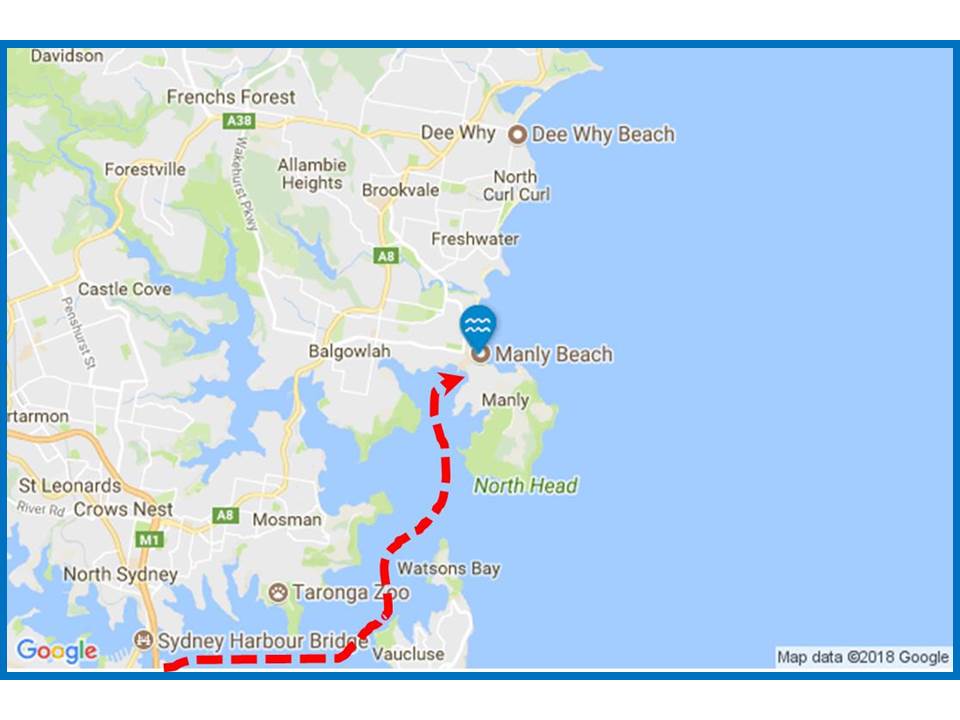
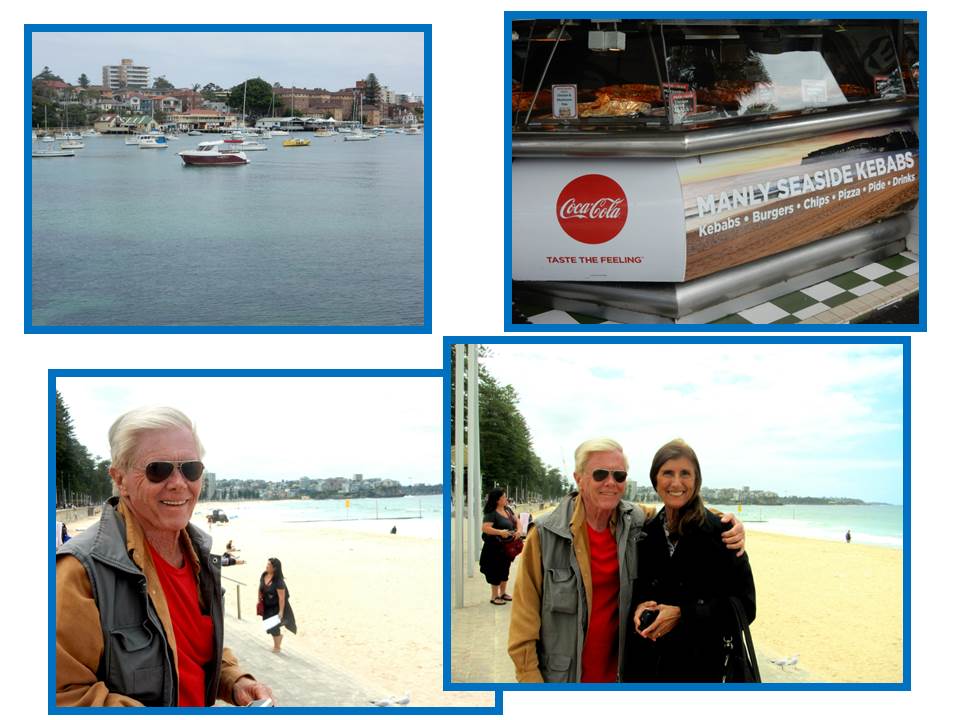
In Manly we found the very best Fish 'n Chips anywhere, anyplace. It was served in the Ivanhoe Hotel. We asked what kind of fish was used. The server told us the name of a fish we could not find via the internet nor had any other local ever heard of it. Anyway, it was the very best.
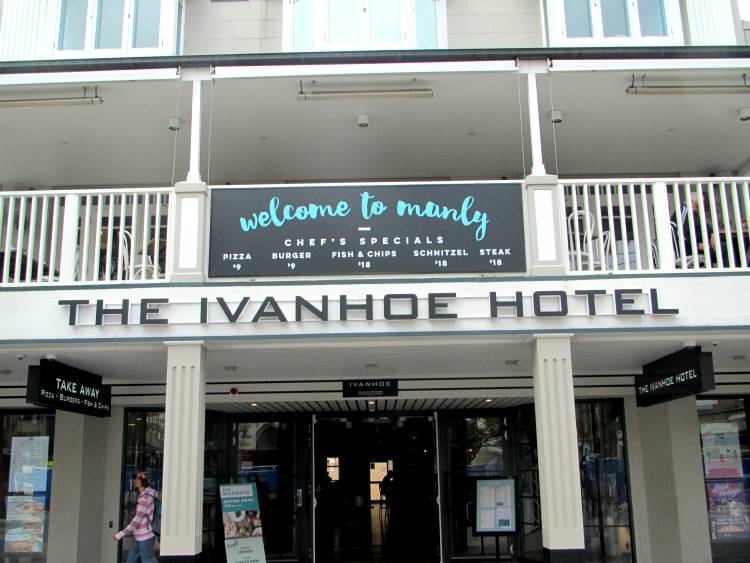
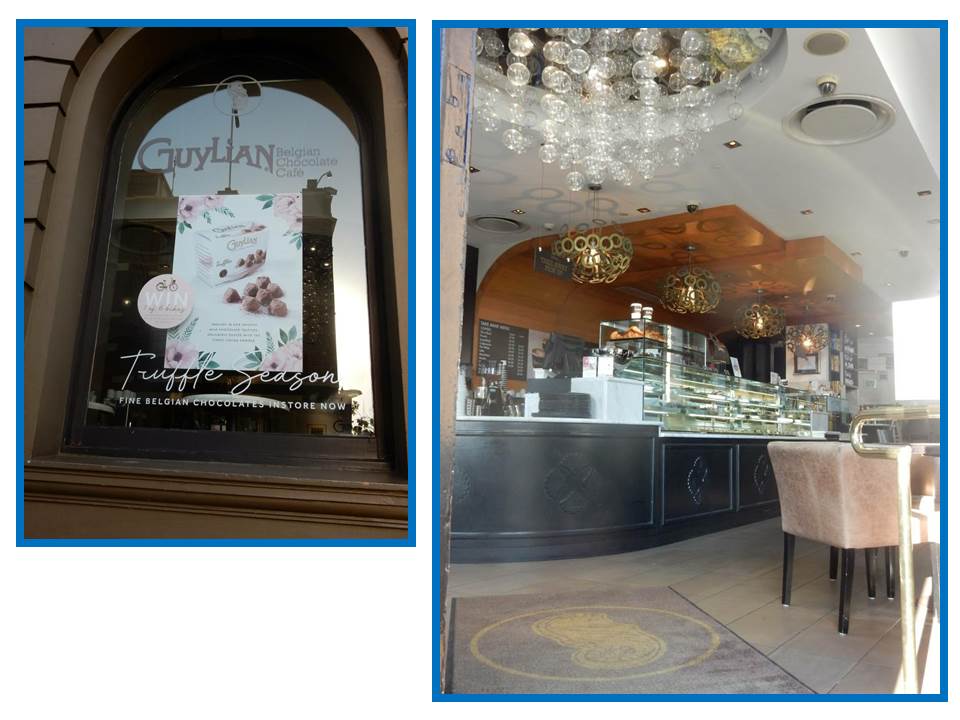
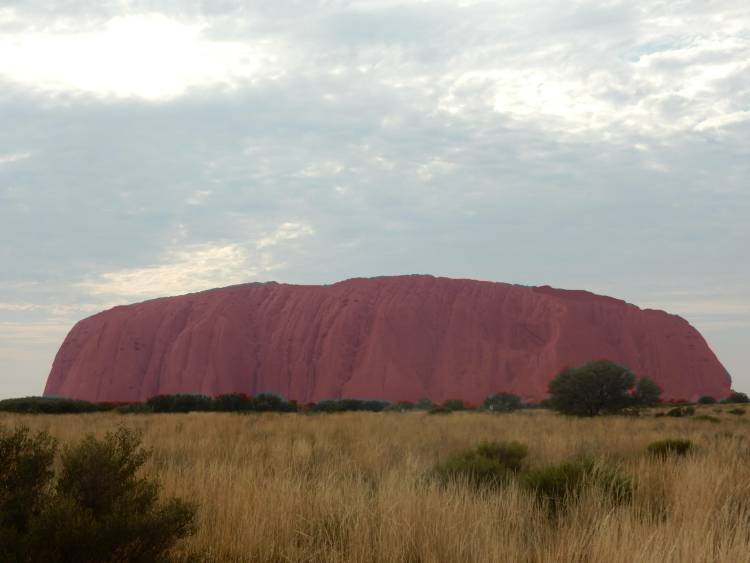
Ayers Rock (i.e. "Uluru") is the 3rd largest tourist attraction in Australia - after the Sydney Opera House (#1) and the Great Barrier reef (#2).
But, HEY! It's just a really big red rock surrounded by miles upon miles of scrub-type desert. Not much to do there but hike in and around it.
Part of the rock is not available to be hiked - that part is sacred to the Aboriginals. They Aboriginals have creation stories featuring Uluru heavily.
Nearby has been developed a "resort" area designed for tourists - hotels, restaurants, and a "market". There are no other towns or any infrastructure for hundreds of miles.
Here are some pictures from the area.
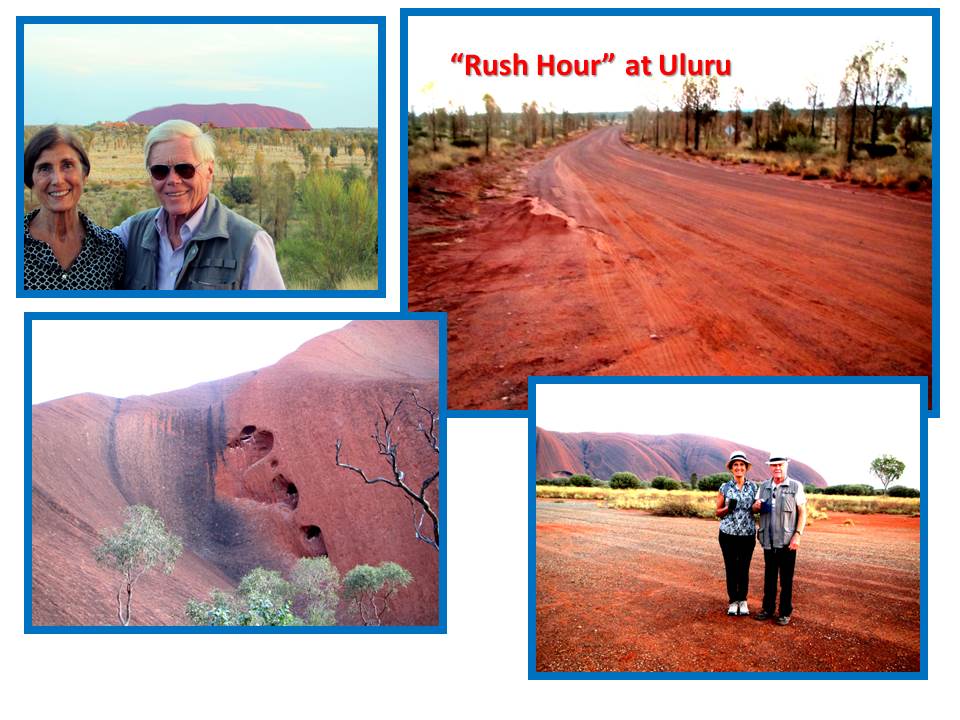
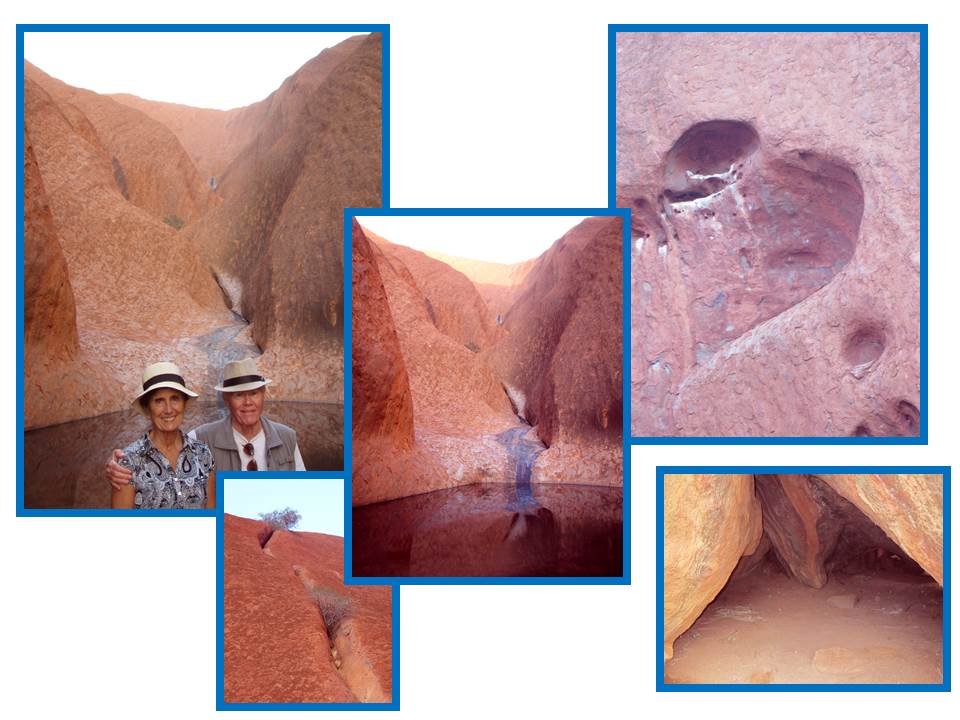
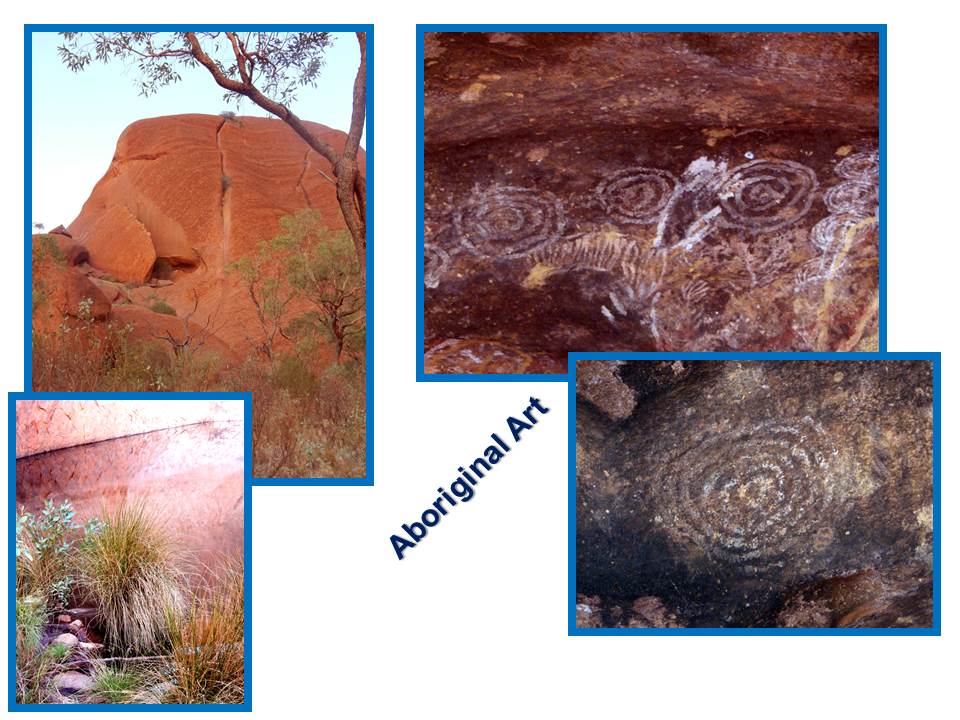
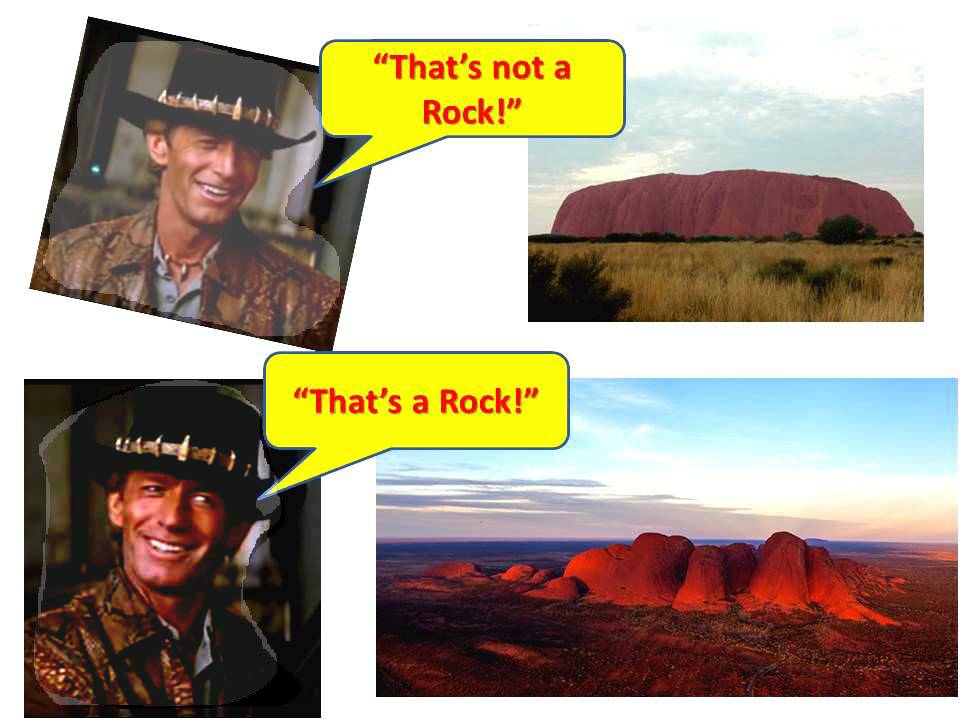
A little less than 19 miles West from Uluru (i.e., Ayers Rock) sits Kata Tjuta. It is some 650 feet taller than Uluru, is much older - thus has eroded much more, and has a circumference of 6 miles at its base.

While we were there it actually rained - a very rare happening - just a sprinkle or two, but it did rain. Here are some pictures from our visit there.
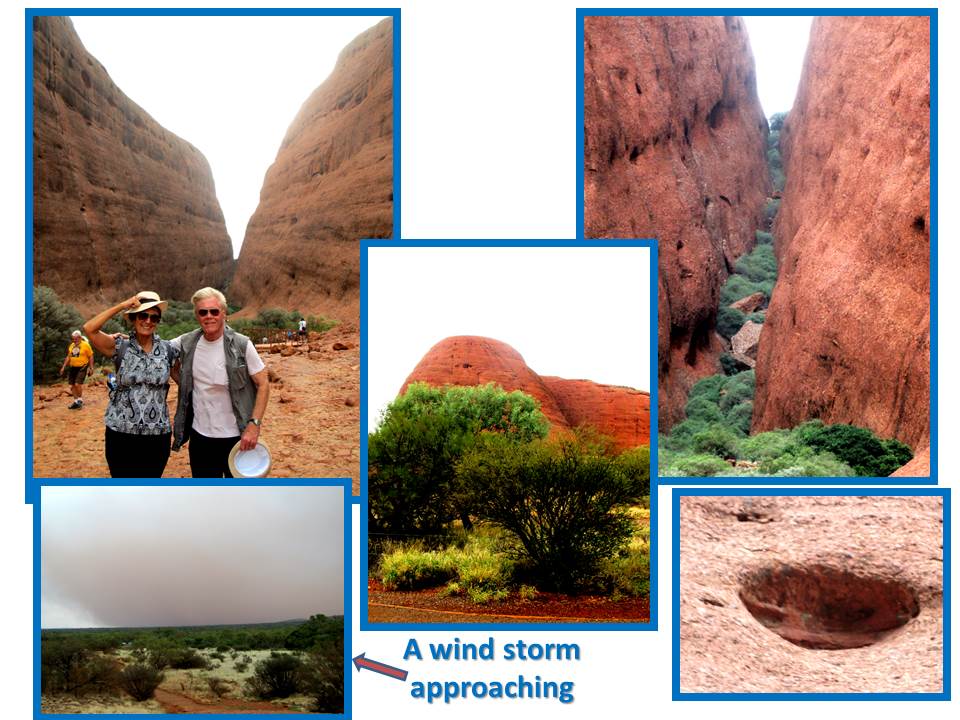
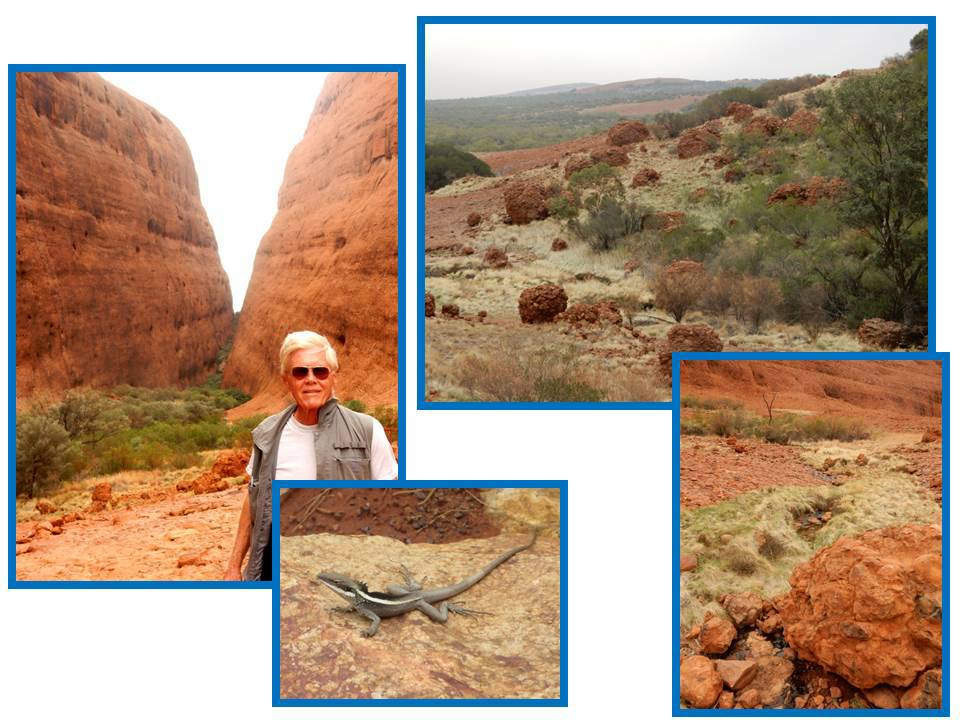
Click Here for a short video of Kata Tjuta.
Kind of in the center of the Ayers Rock Resort I mentioned there was a market. This market has a few restaurants, a grocery store, a few nick-knack shops, and the like.
We had gone there looking for something to eat. One of the first things we saw was a restaurant with this sign out front.
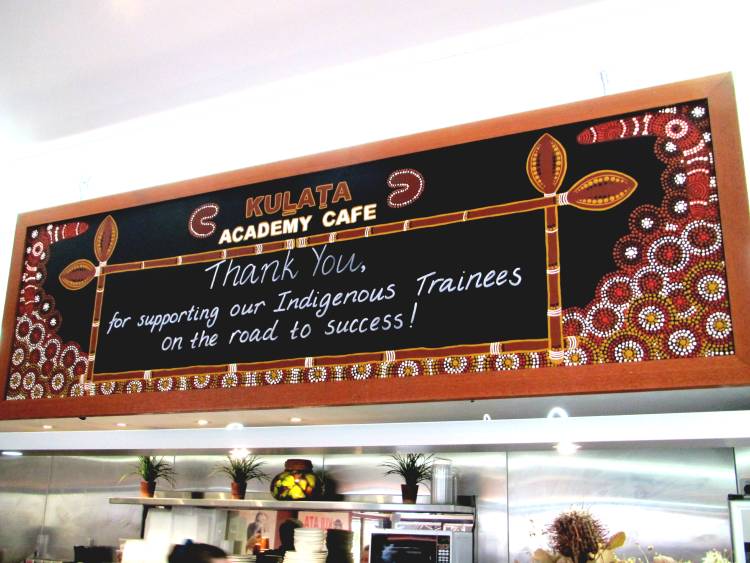
How could we pass this up? After all, a business helping train the indigenous population who, up until 1788, had the entire continent to themselves and now represented only 3% of the population. Of course we went in.
The people running the restaurant? 3 Chinese women.
The next day we returned to the market to pick up a few grocery items. So, we looked in on the restaurant again. This time the employees consisted of 2 indigenous people, 2 Chinese women, and 2 European-type men.
I guess the term 'Truth in Advertising' hasn't hit this part of the Outback as yet.
Now, it was time to head up to Alice Springs. On the way we stopped at:
Kings Canyon
Kings Canyon isn't actually a canyon. It's another set of very large rocks.
In visiting there you are offered two choice of how to see the site. 1) Climb up 500 steps cut into the rock at a 35 degree slope. Then, walk the rim for about 3 hours. 2) Walk a trail between 2 very large rocks and look up at the rim for about 1.5 hours.
We chose the latter option. Why? Well, from the top all there was to see was mile after mile of scrub-type desert and Uluru off in the distance. They told us there was a very nice water hole only visible from the top. Not sufficient enticement, thank you very much.
Here are a few pictures from Kings Canyon:
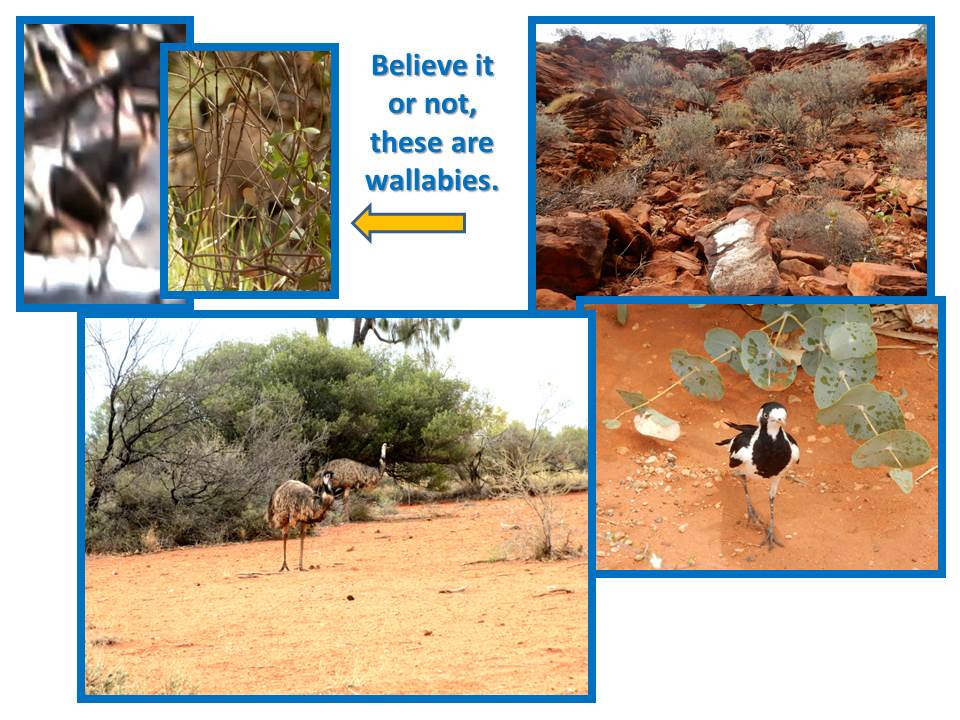
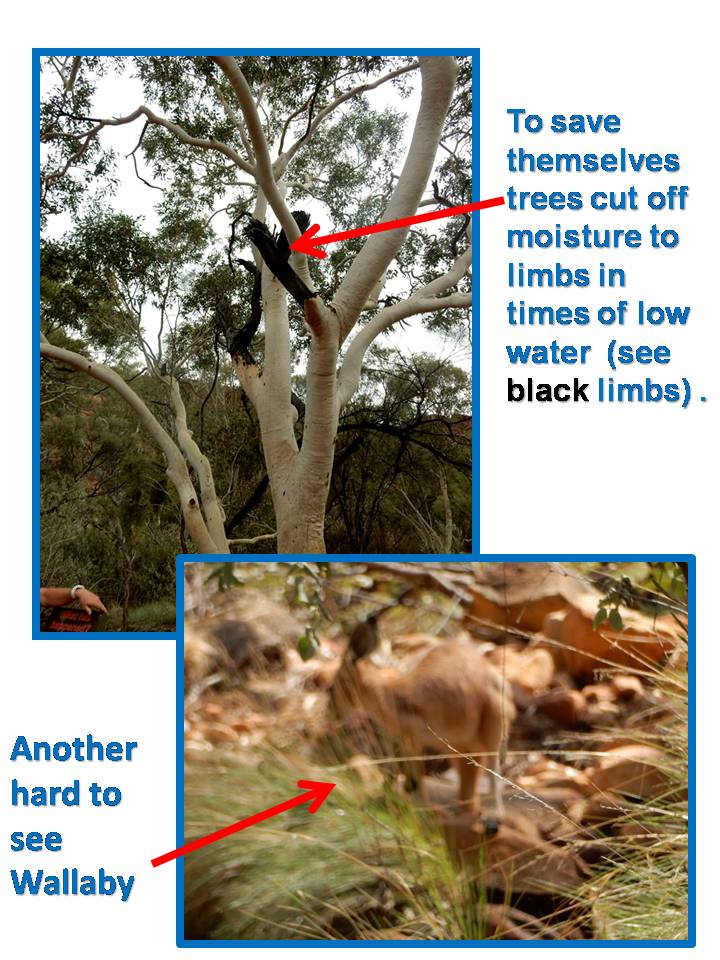
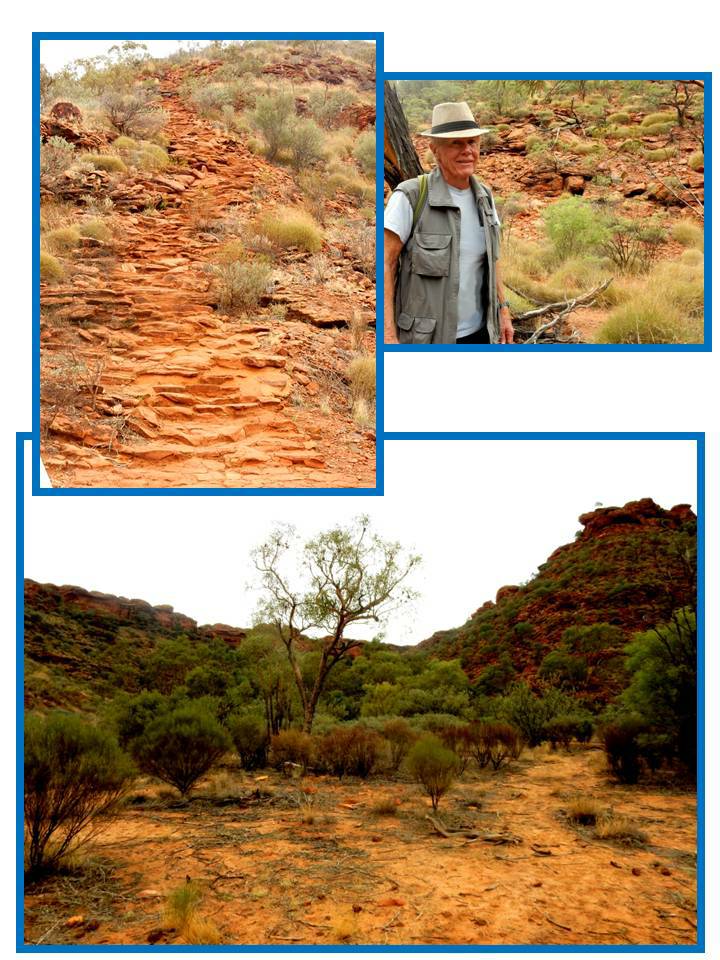
Off we go to:
Alice Springs
First, there is no spring there, and never was, and "Alice" never set foot in the place.
Alice's husband was tasked way back when to find a repeater site for the telegraph being installed across the Outback. One of the criteria was that the location had to have water.
When he arrived at the location, now Alice Springs, it had rained quite a bit the day before. So, the small creek was full of running water and there appeared to be a spring oozing water. So, he named the place after his wife. Not desiring to relocate to a place where the temperatures often exceeded 100 degrees Fahrenheit, she decided not to come there. A woman of discerning wisdom, I'd say.
Here are some pics of the old telegraph repeater station:

Click Here for a short video of the telegraph stations grounds.
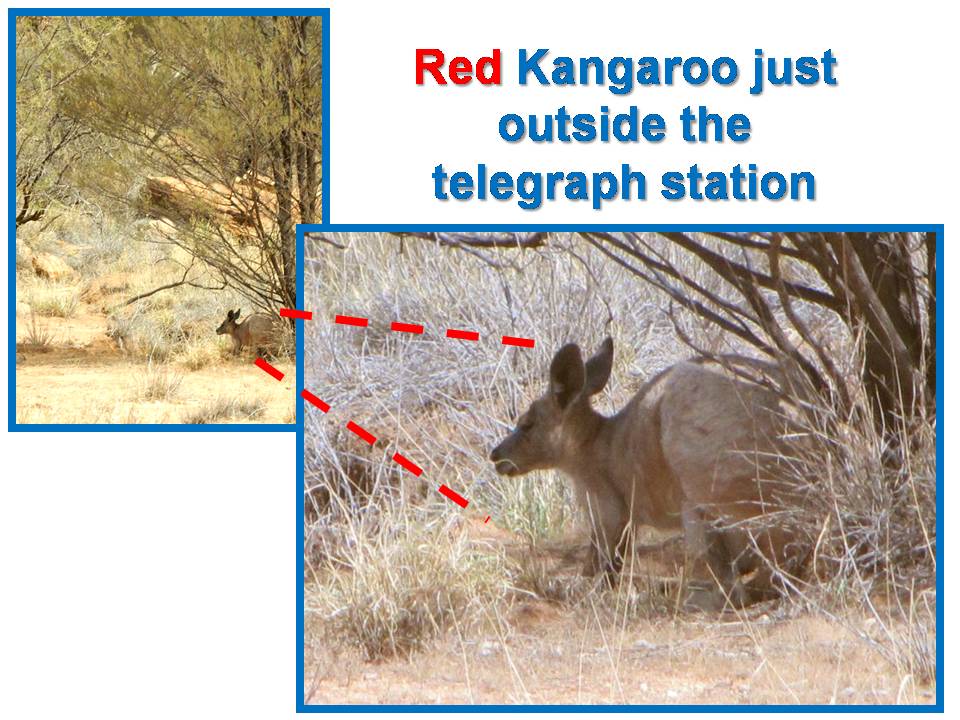

Alice Springs is a moderately large town for the Outback. It has around 25,000 residents. It, also, is the center for any and all supplies that one would need for over 600 miles in any direction.
We've all read or seen historical stories about the one room school house. In many locations in the Outback the population is so small as to not even warrant that. So, Alice Springs is the educational center for the entire region. Again, for 600 miles in any direction, primary and middle school children receive their education from Alice Springs.
It is accomplished via their 'School Of The Air'. In times gone by, children would get their lessons, do their school work, submit it, and get feedback by mail. It could take anywhere from 6 weeks to 3 months for this process - for one lesson.
Now, with the internet, obviously things move much more quickly.
Click Here for a short video of the School Of The Air in action - real time. You'll see a teacher broadcasting a lesson.
As with education, medical facilities and assistance are scarce in the Outback. To help with this the Royal Flying Doctor Service was formed. It serves the entire Outback - not just the Alice Springs area. Click Here for a video describing this much needed service.
While in Alice Springs we took in a presentation of reptiles, etc. We were informed that almost all of the snakes in Australia are "Venomous". Fine time to find out as we had just spent the last week or so traipsing about the Outback's desert regions.
BTW: I never knew this but there is a big difference between a "Venomous" [It injects venom from its fangs to kill you] and a "Poisonous" [You have to eat the snake for it to kill you] snake.
But, we learned that the fangs of local snakes are very, very small; so small, in fact, that if one is wearing long pants and your feet are covered, there is little or no risk.
Here's a picture of some "friends" we met during the presentation:

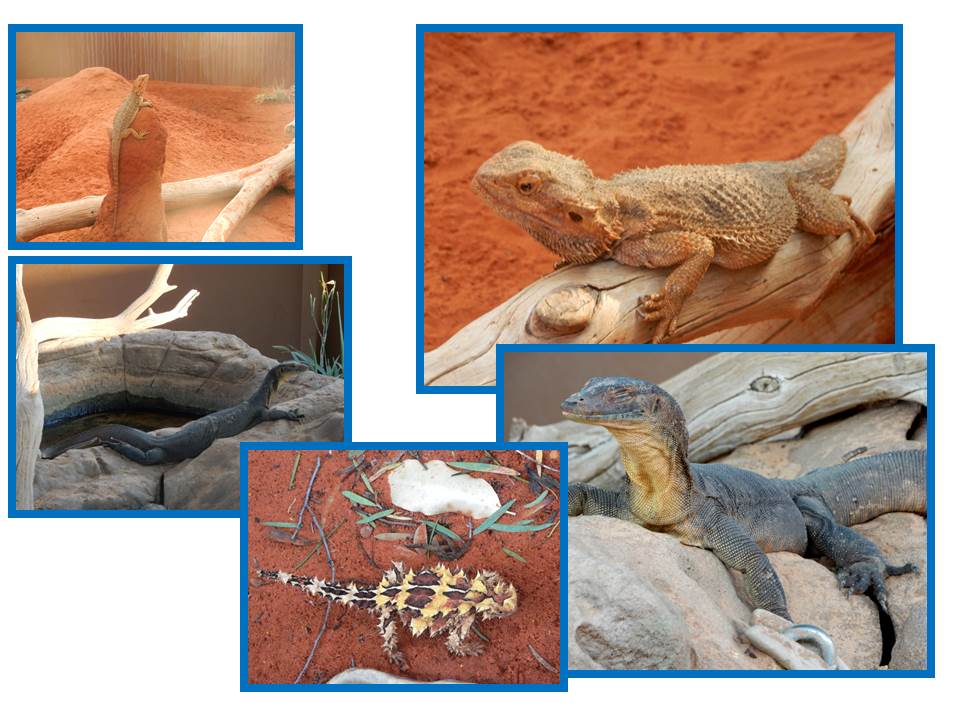
Port Douglas came across as very similar to Key West. Lots of restaurants, bars, and something happening all the time. It has a full time residency of only about 2,700 people.
BTW:

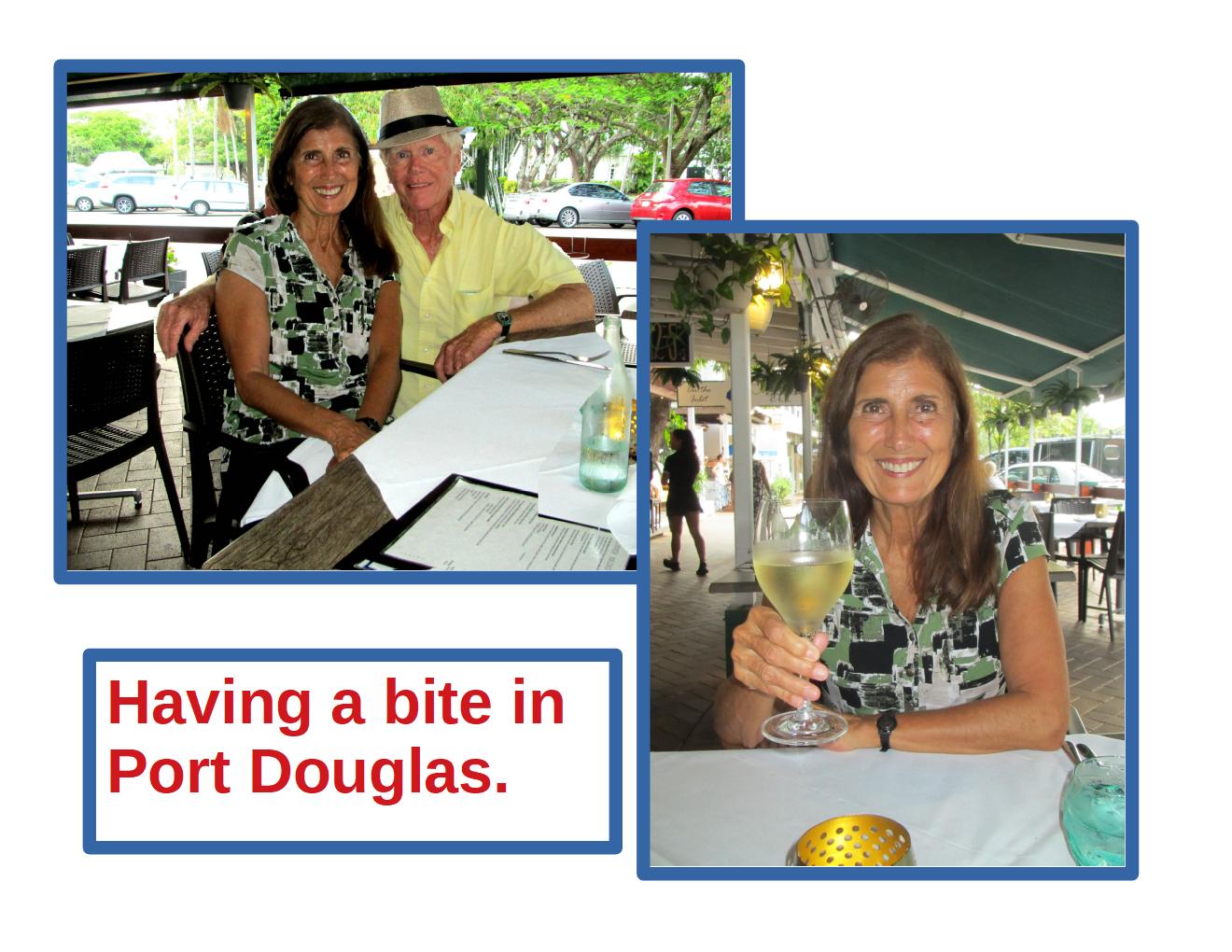
Port Douglas really comes to life at night. People everywhere eating, having drinks, and generally having a great time. There were two trees in the downtown area that offered some local birds the same opportunity. Watch/listen to this short video. The noise you hear are hundreds of birds "singing" in one of the trees. Click Here for the video. They were loud enough that you couldn't hear someone talking to you if they were standing right next to you.
We engaged with a small tour of the local rain forest. Our guide was an Aboriginal of exceeding knowledge. Think of him as a local shaman of sorts. He knew all about what plants can heal, which are poisonous, and those that are, well, just plants.
As part of his demonstration he laid out a bunch of leaves. He pointed to each one and informed us that if we touched this one, you would get a serious and very painful rash requiring hospitalization. If we used some other ones they could cure name your illness.
They all looked pretty much the same to me. So, as we went on a 1/2 mile hike through the rain forest, I TOUCHED NOTHING!
He, then, regaled us with stories of how, if you got a really bad cut, the green ant, found throughout the rain forest, could be used to suture up the wound. Just let the ants bite you over the wound, tear their butts off, and the suture would hold. He also explained that another kind of ant there, were it to bite you could send you to the hospital - if you could find one. I CAREFULLY WATCHED EVERYWHERE I WALKED.
Here are several pictures of our hike:
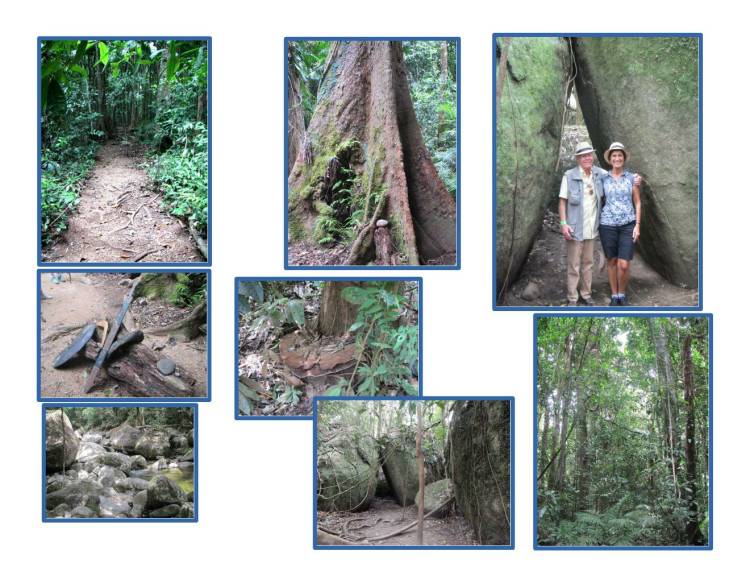
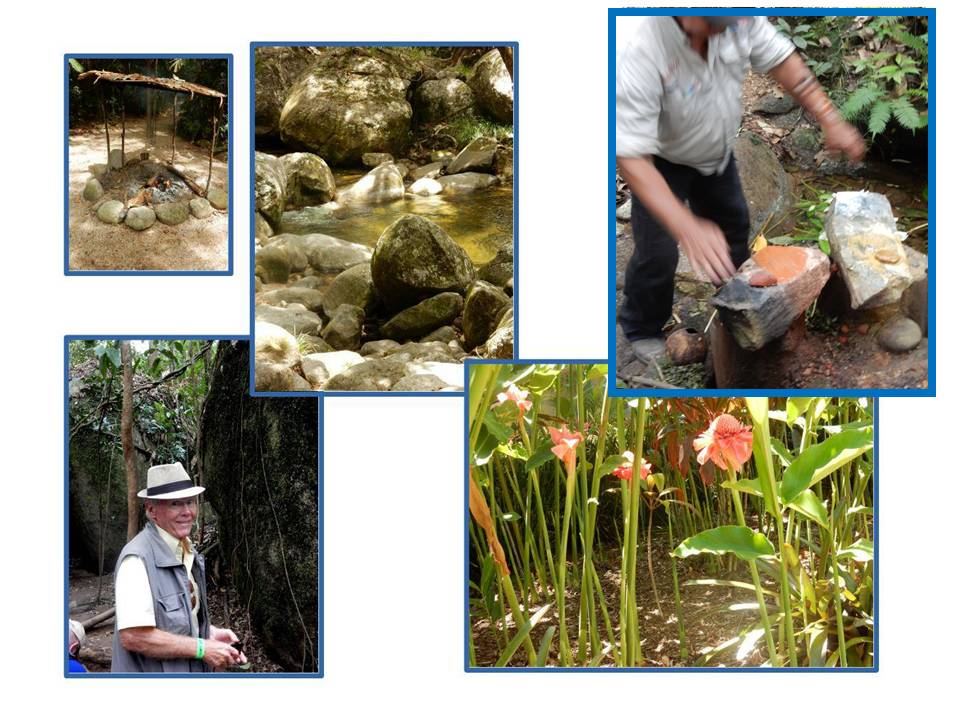
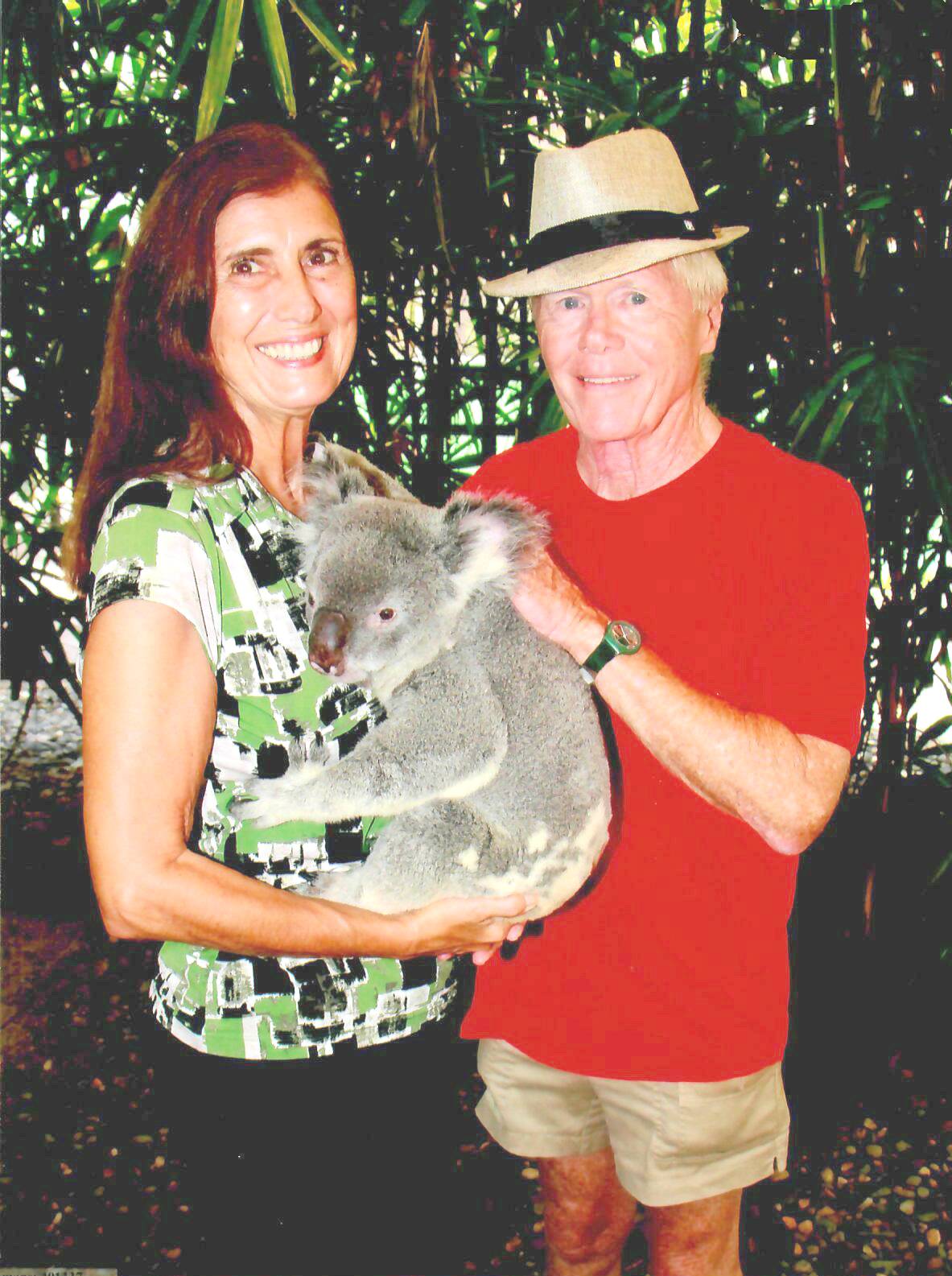
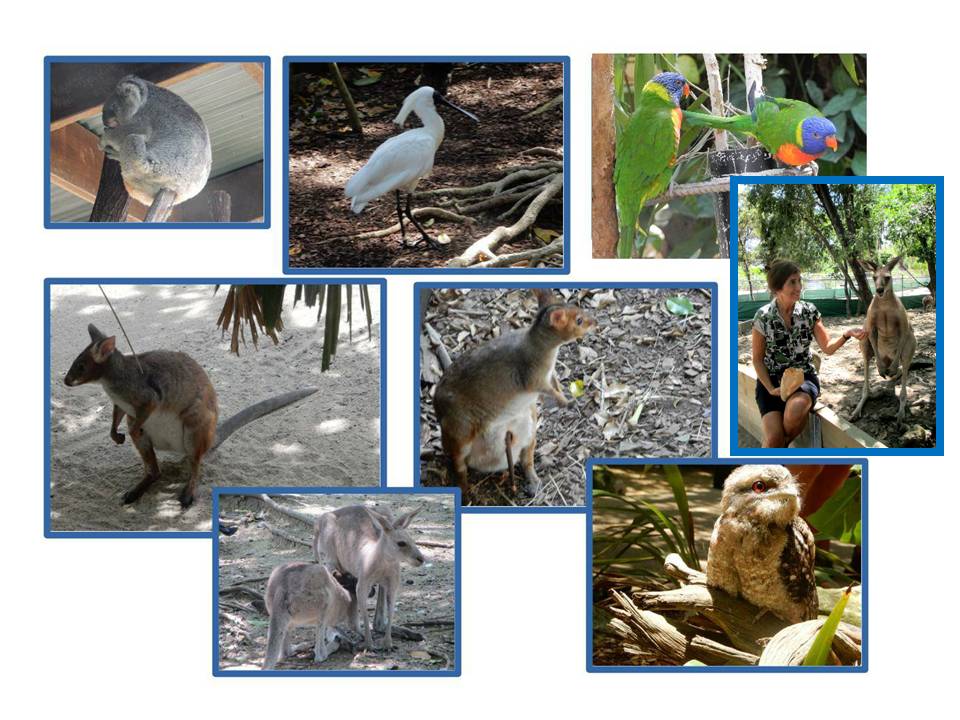
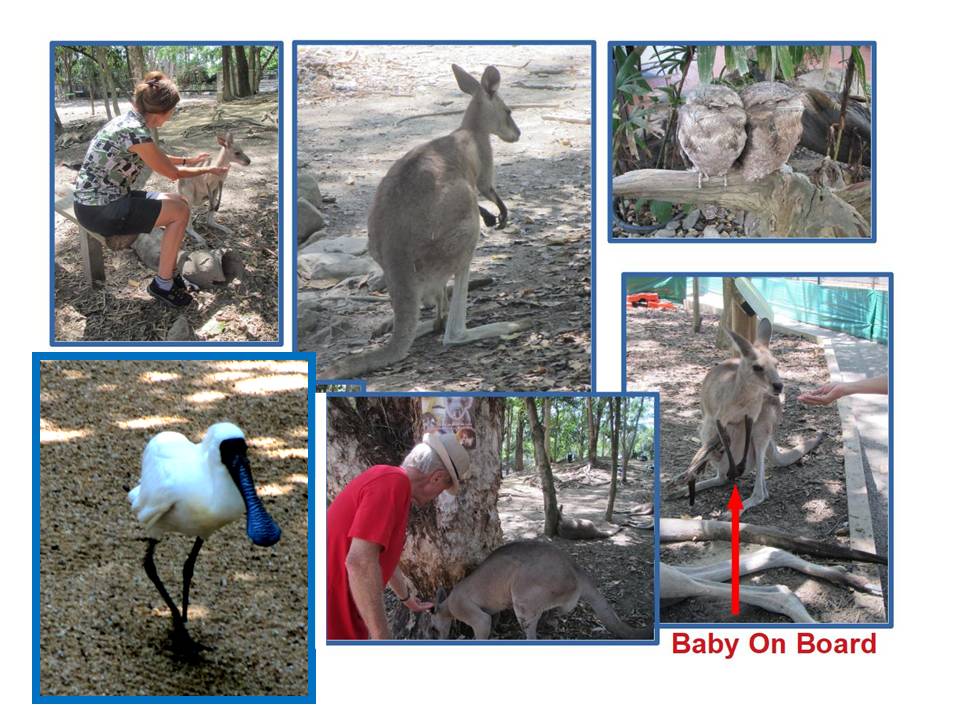
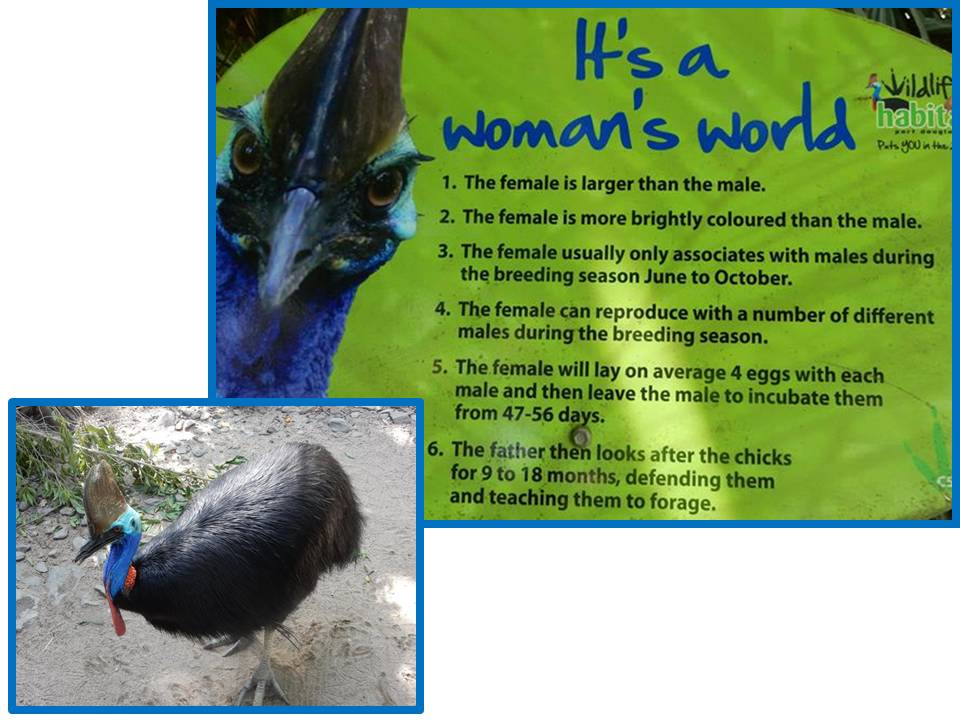
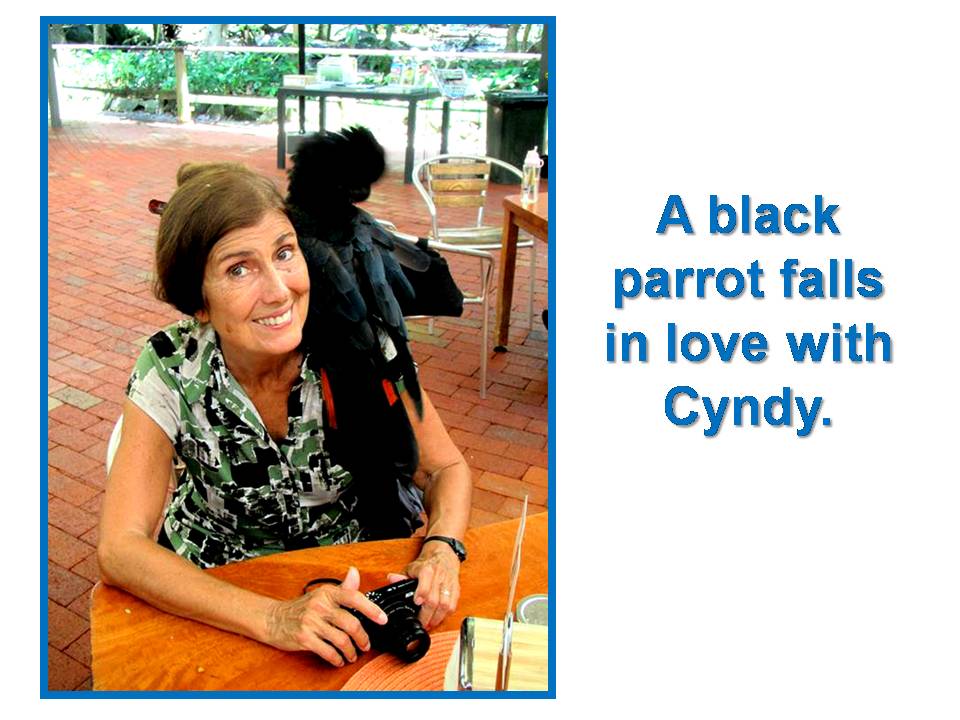
We took at boat that holds 400 people out to where the reef separates the "inner waters" from the ocean. The day we went there only about 50 to 60 people on board. The trip out (and back) to the reef is a 1.5 hour boat ride each way. AWESOME.
There is a stationary platform to which the boat docs. On the platform were given dive gear and lycra suits to ward off the stinging nettles prevalent in the ocean this time of the year.
Lunch was served and there were plenty of snacks/drinks provided. HOWEVER, we did not take advantage of the lunch. Once we hit the water we didn't come out until they made us.
Here we are arriving at the platform and all suited up for our dives.
